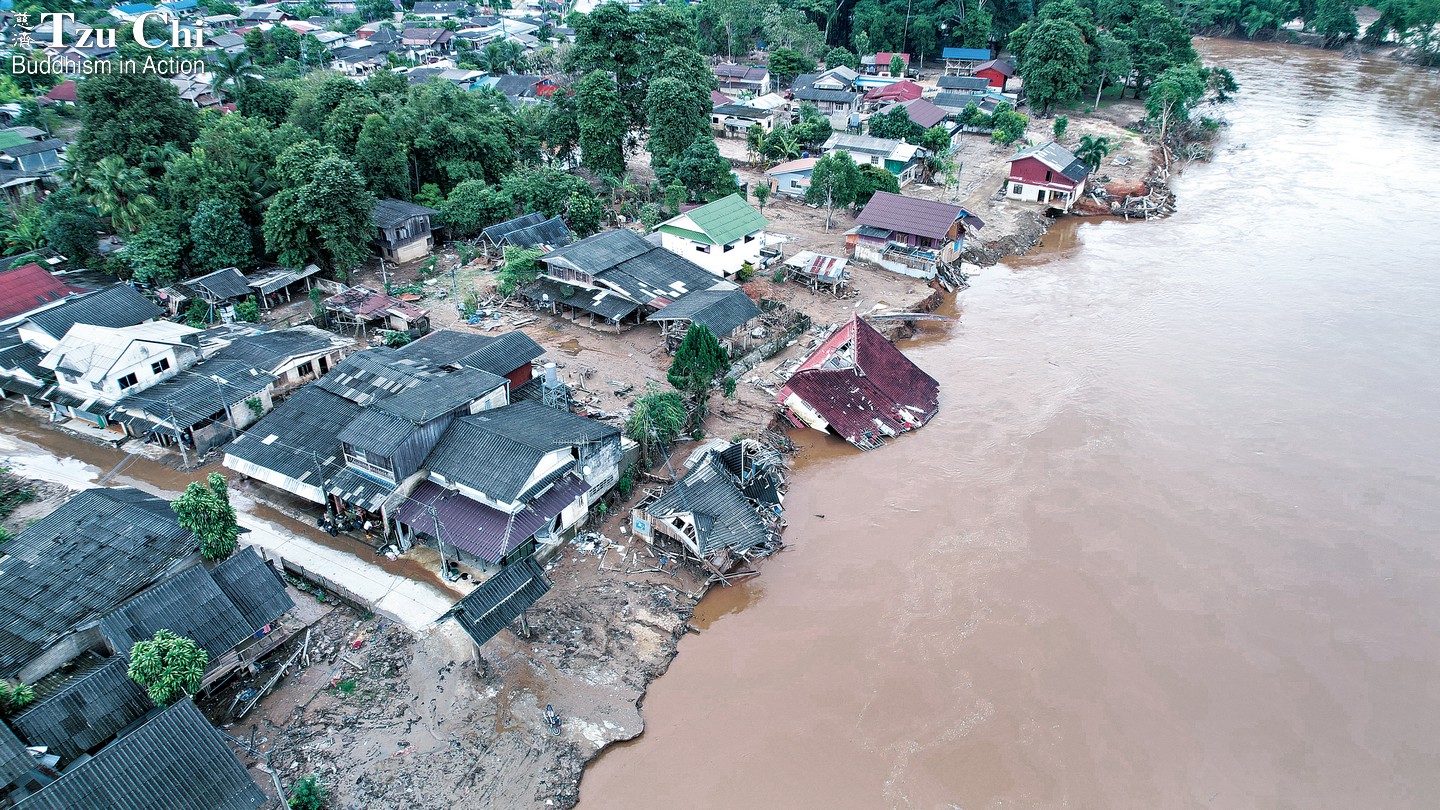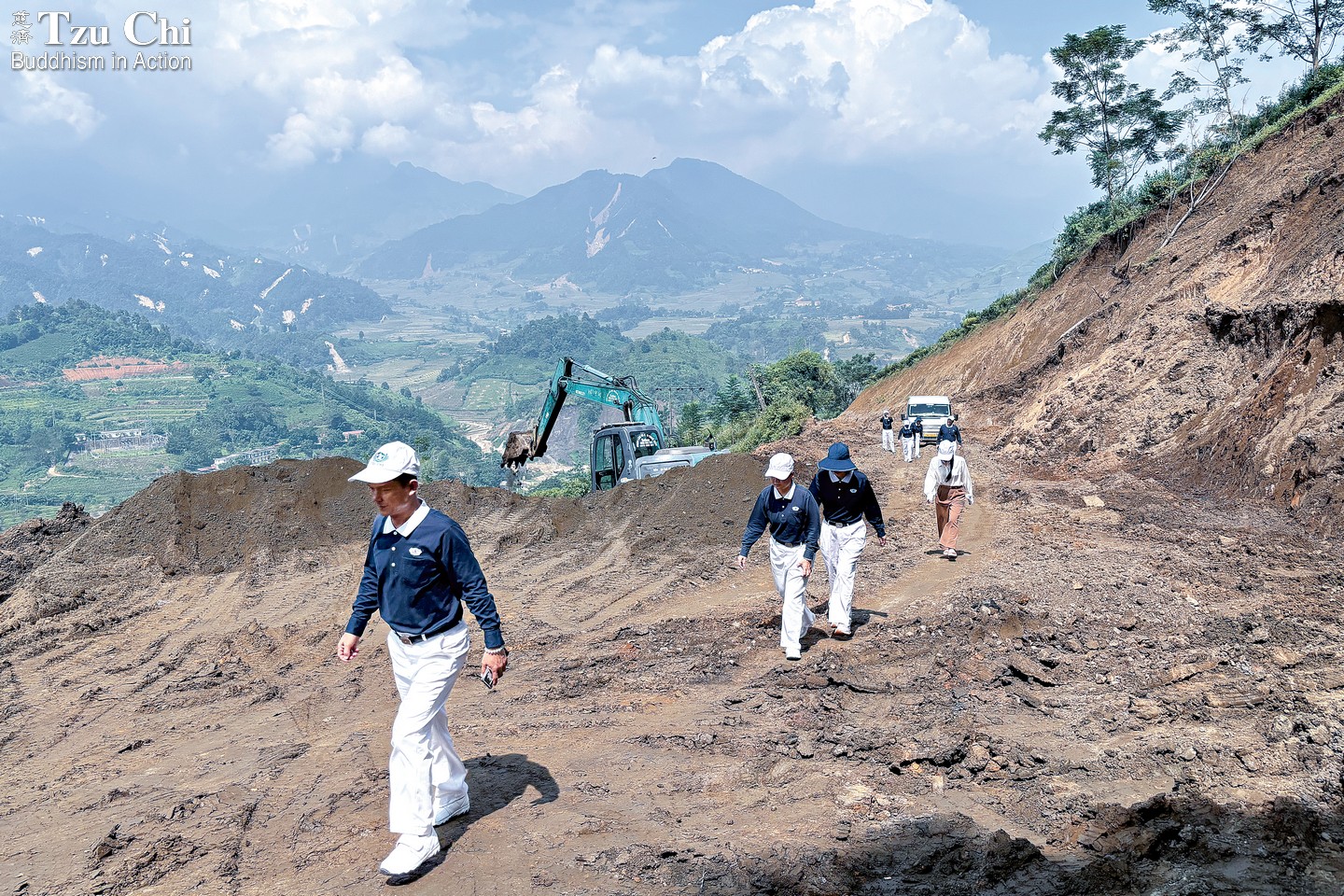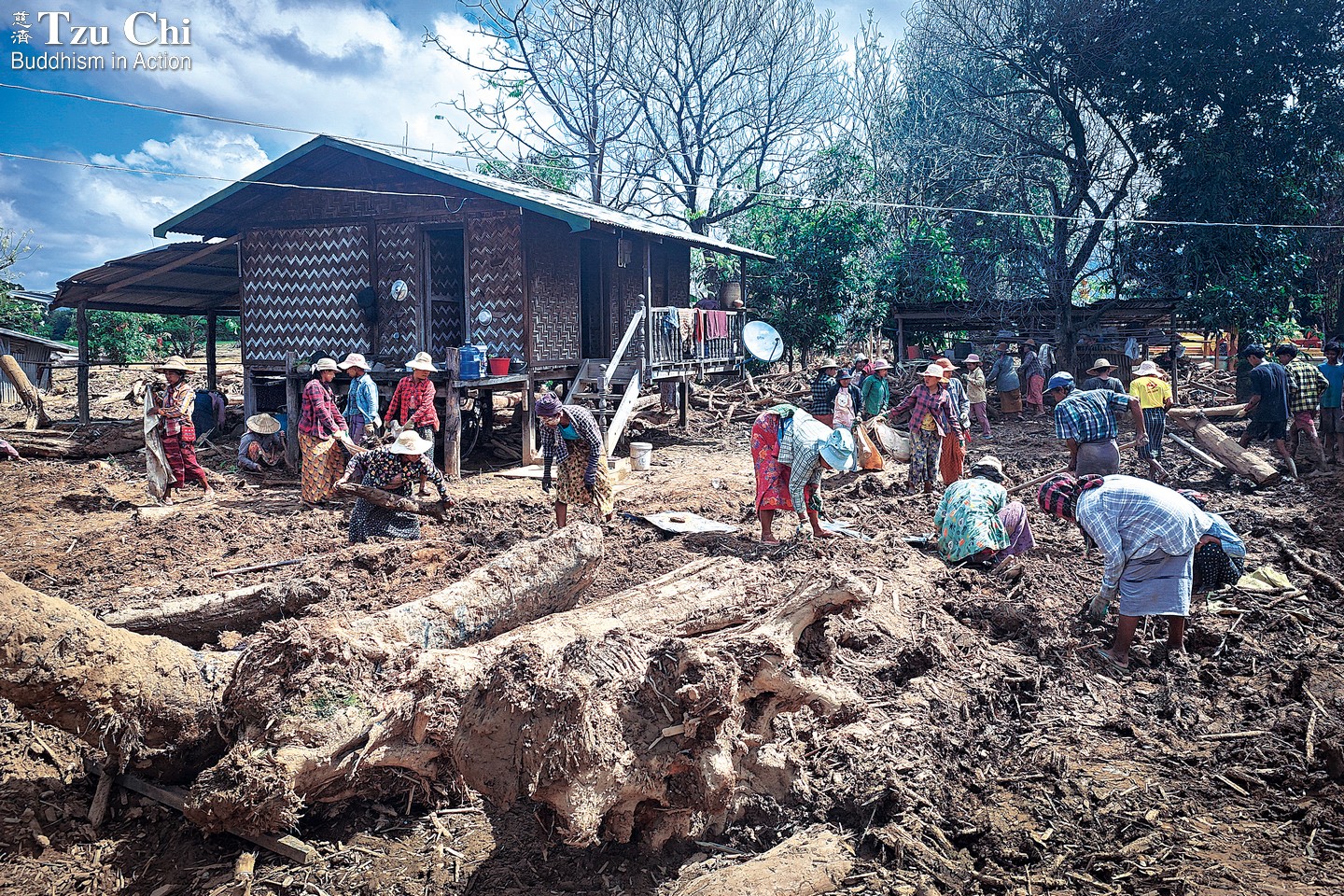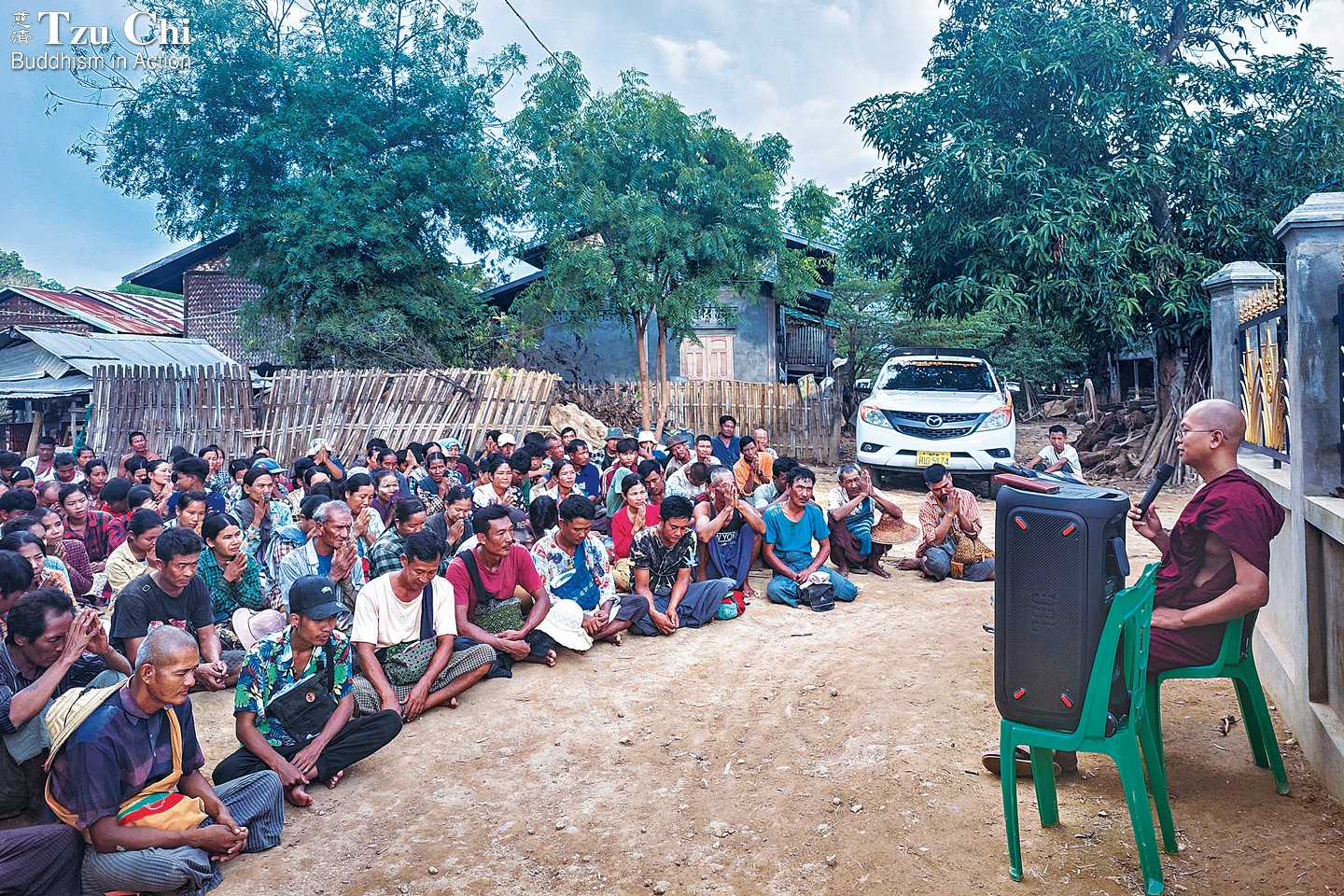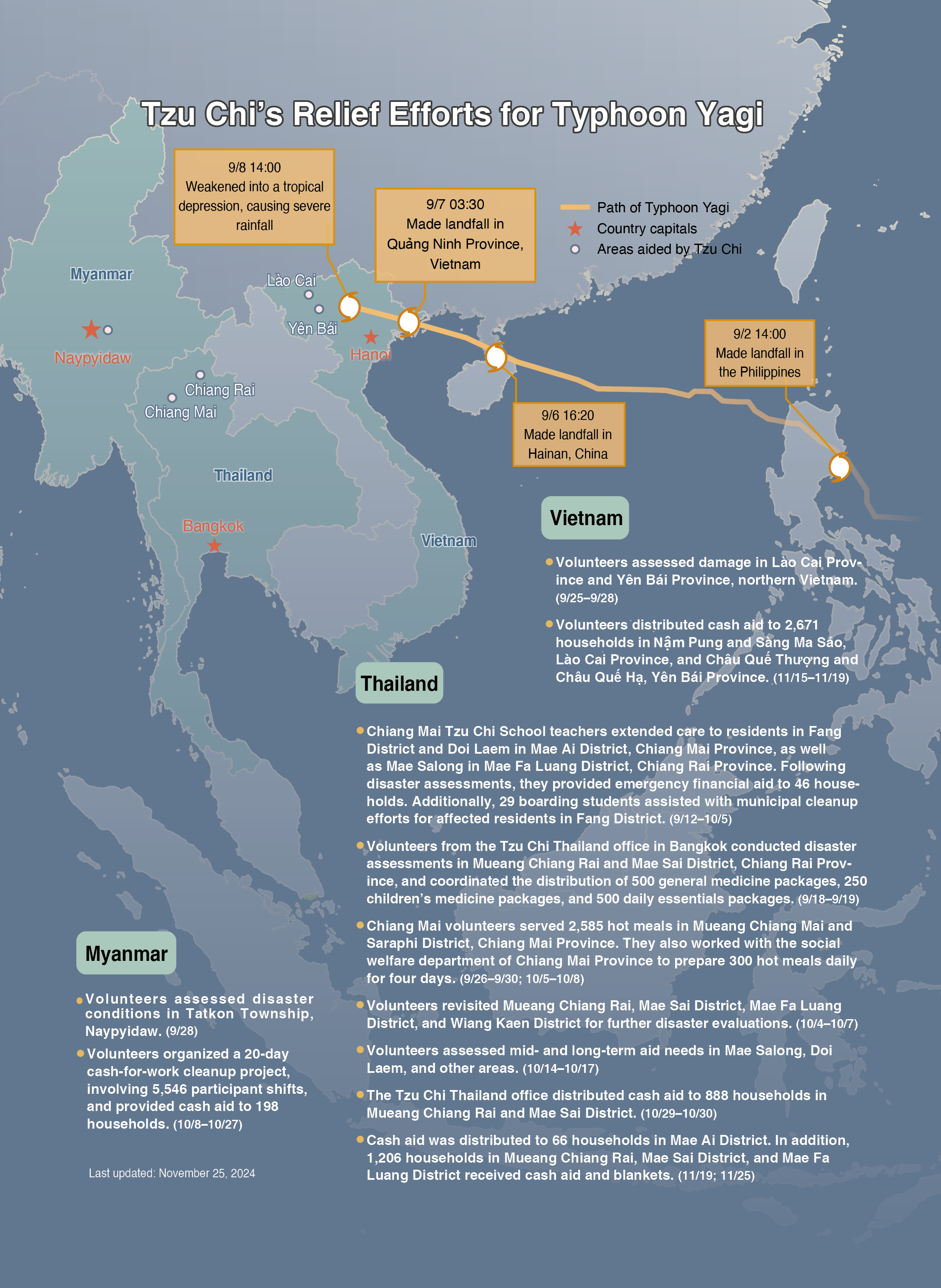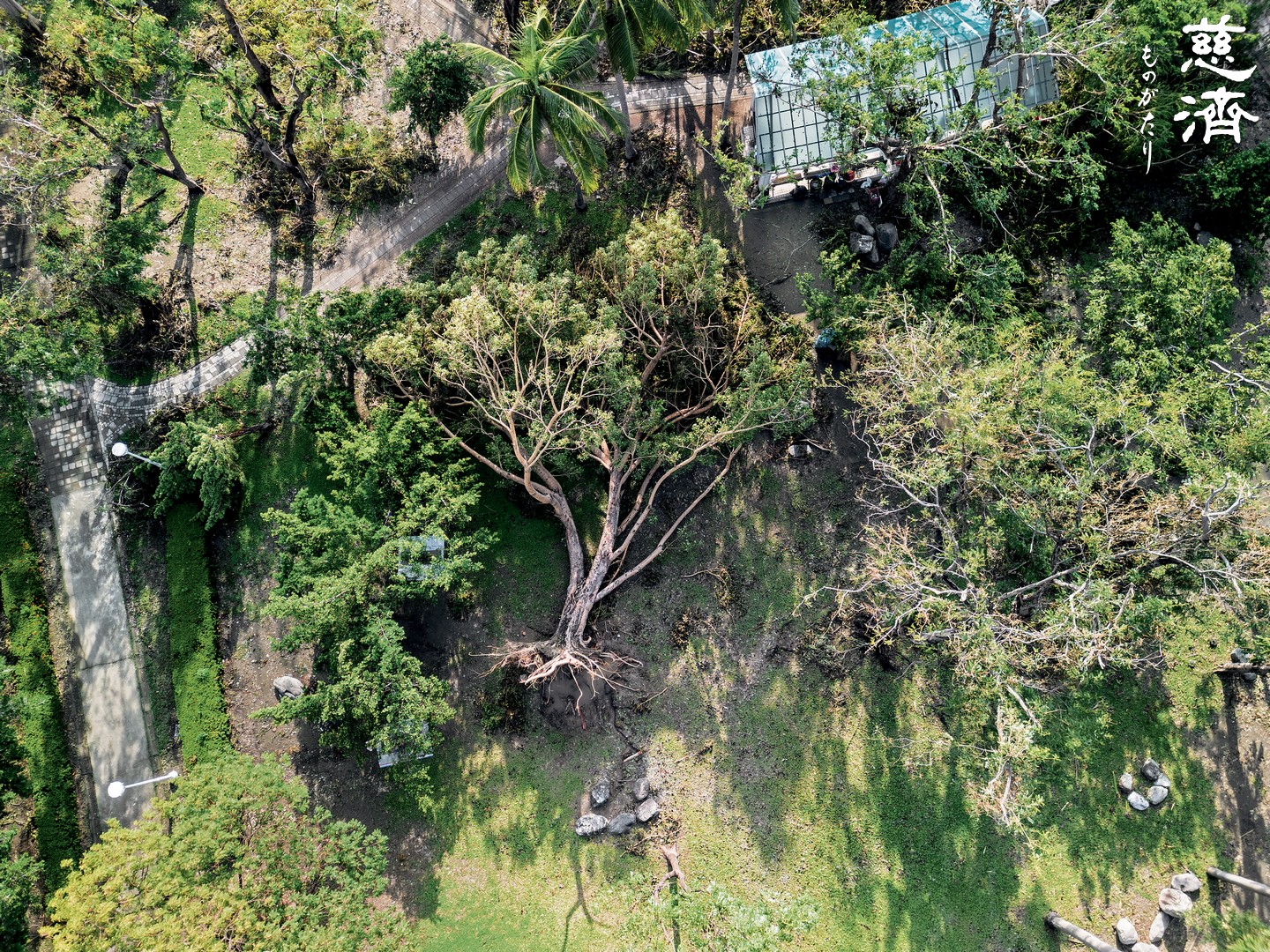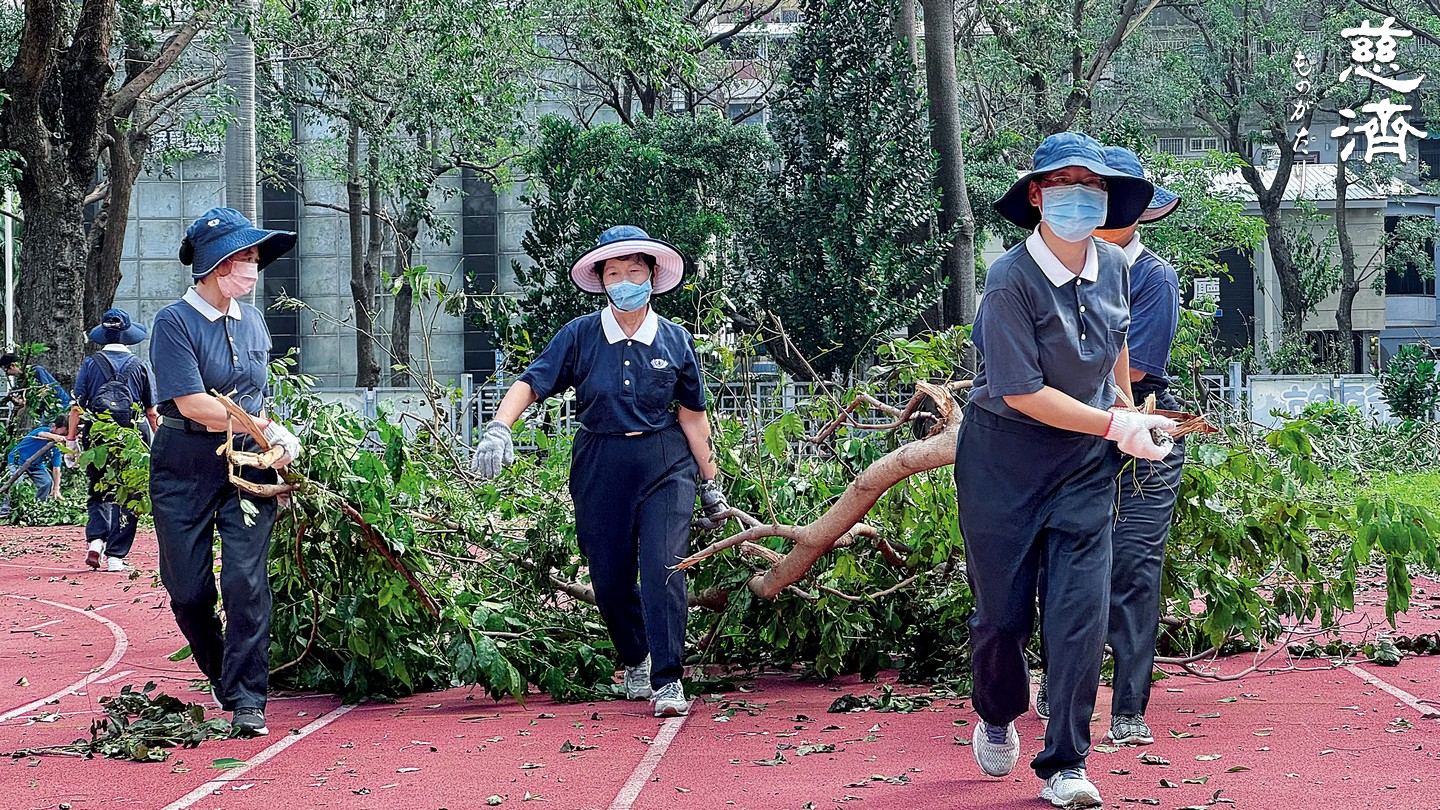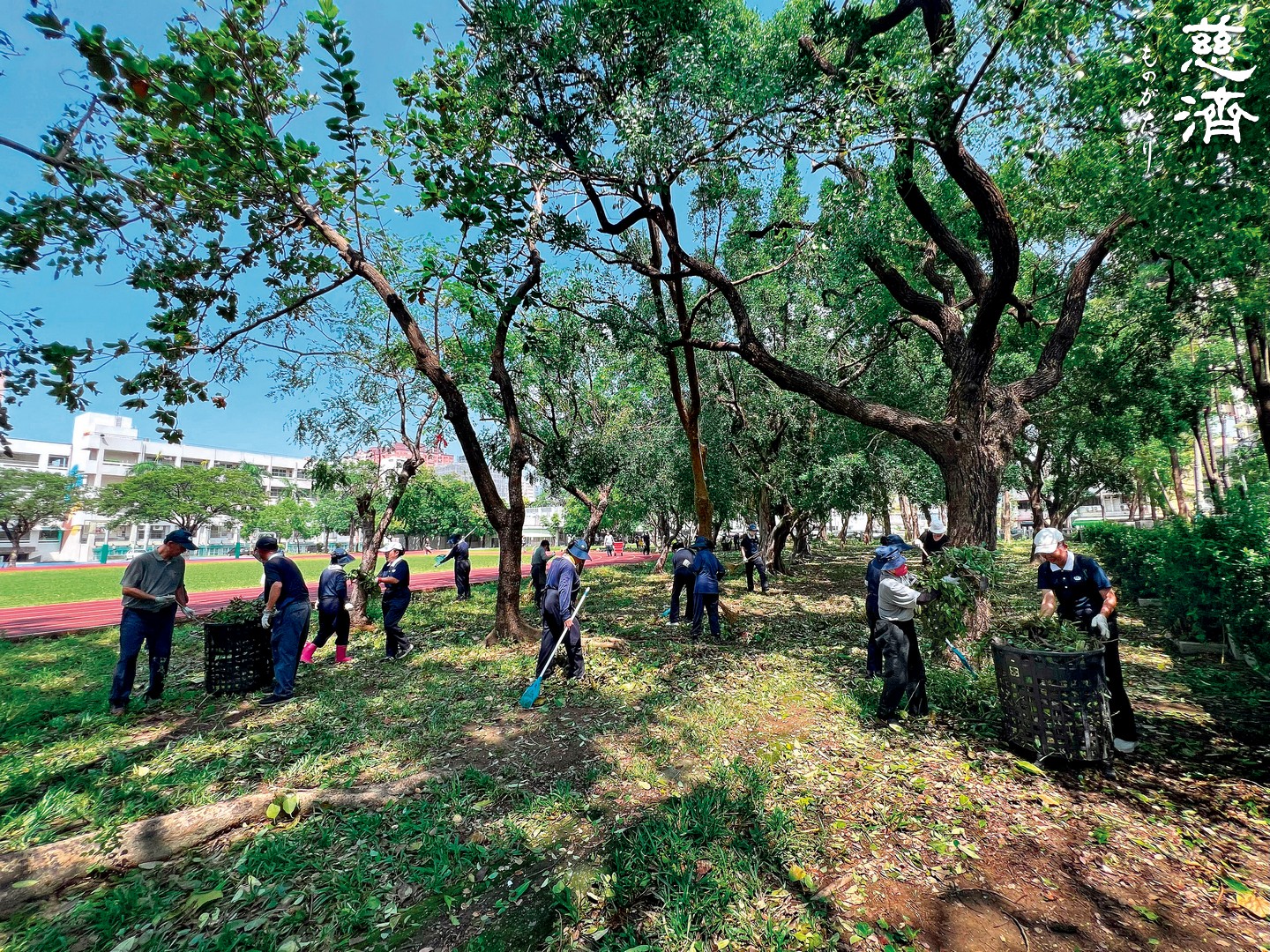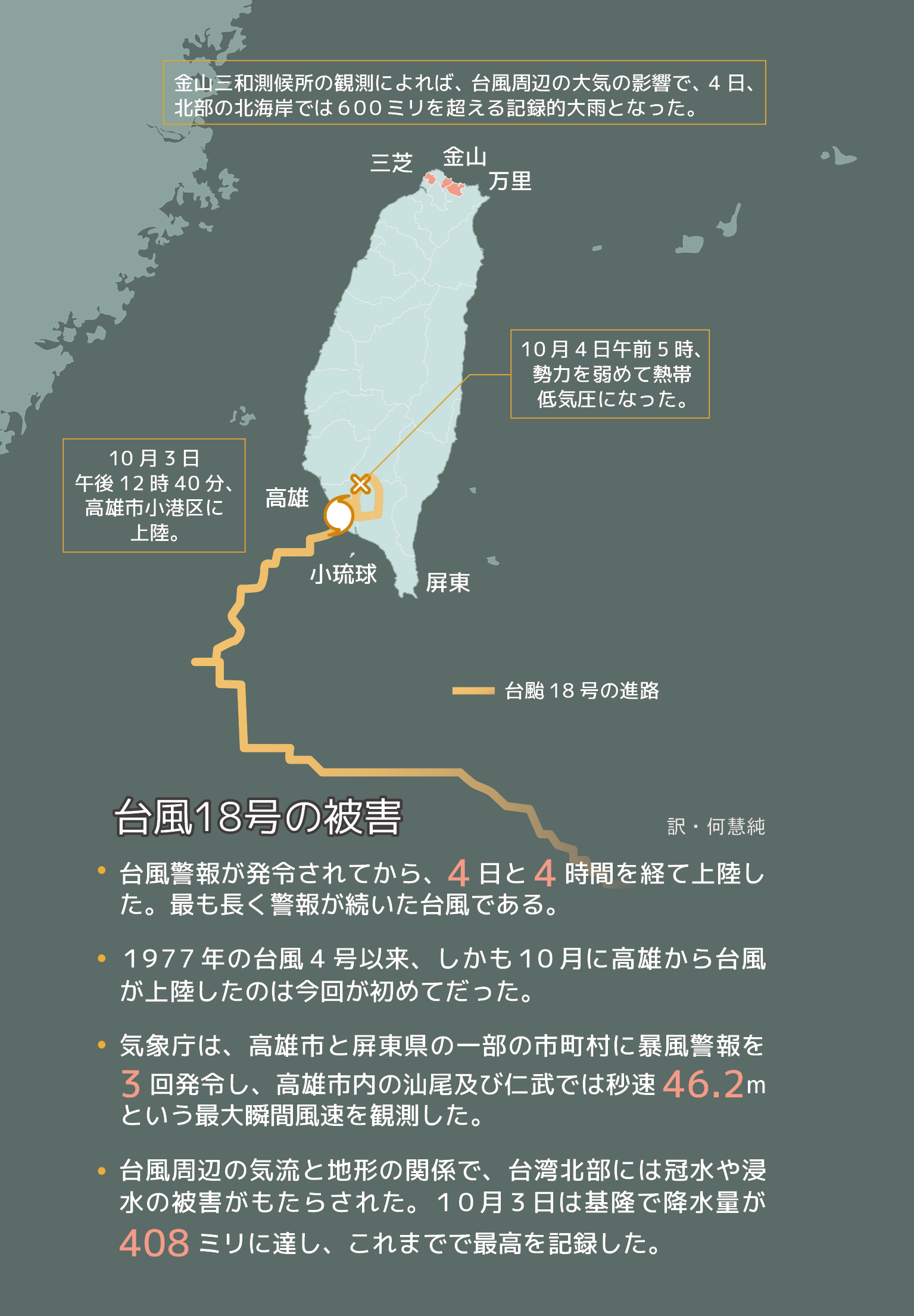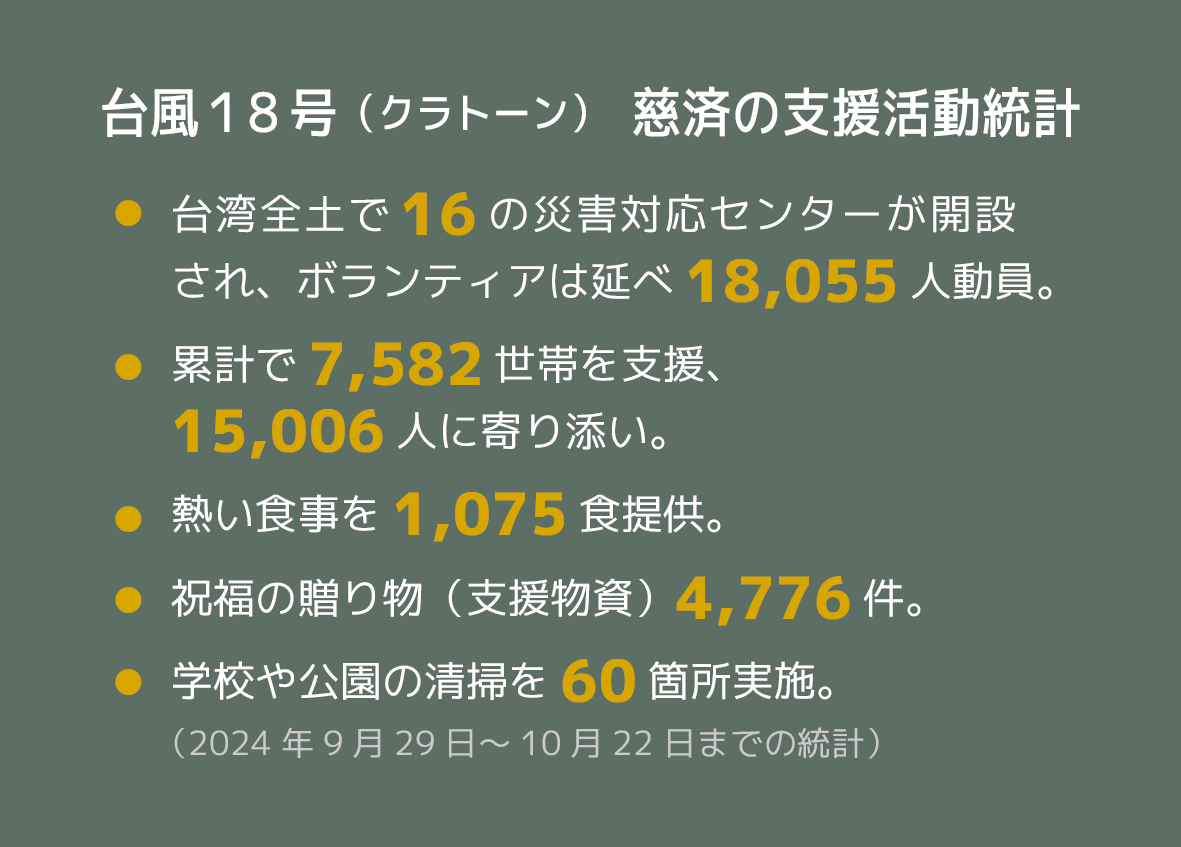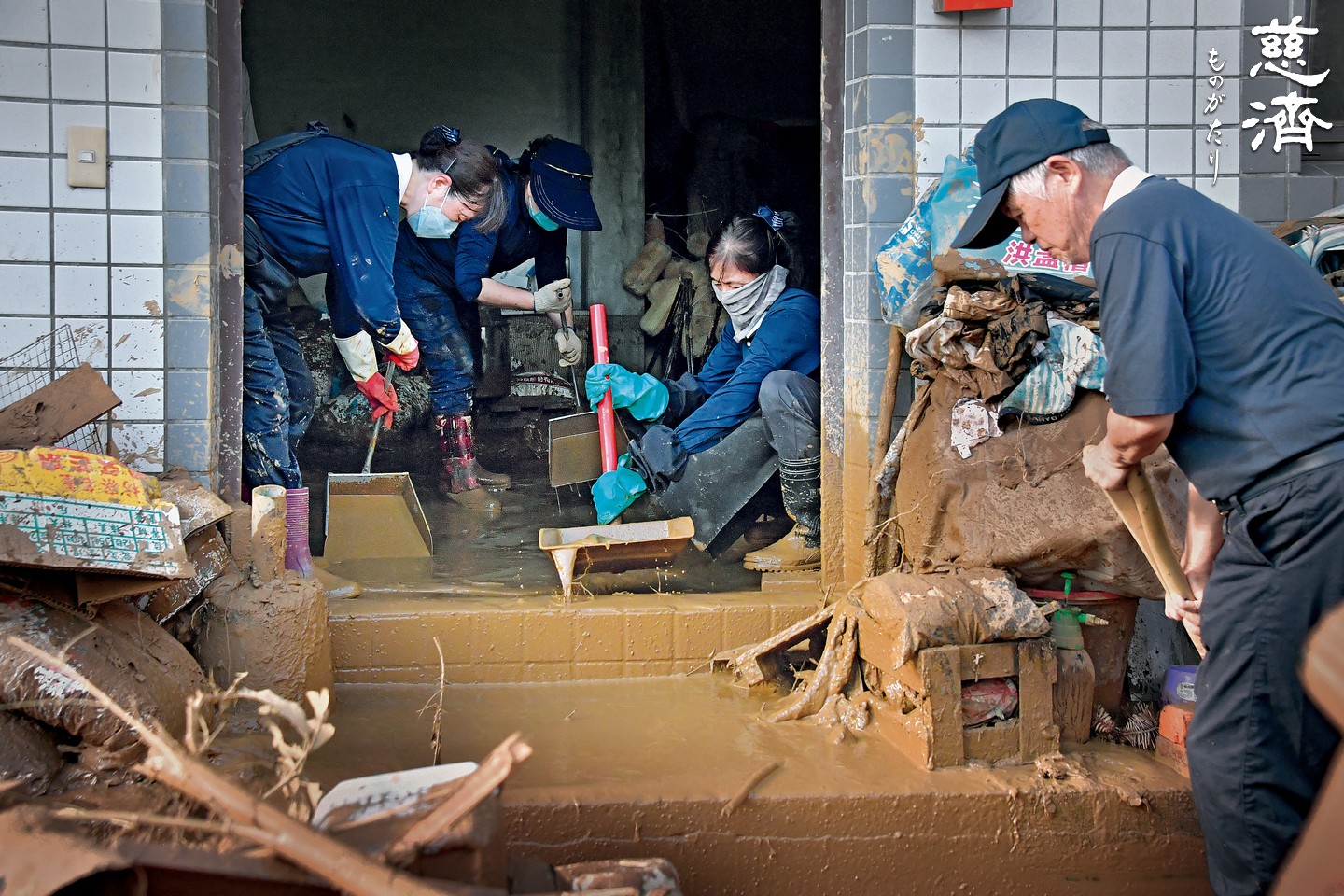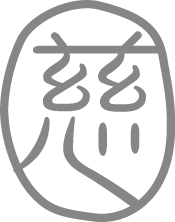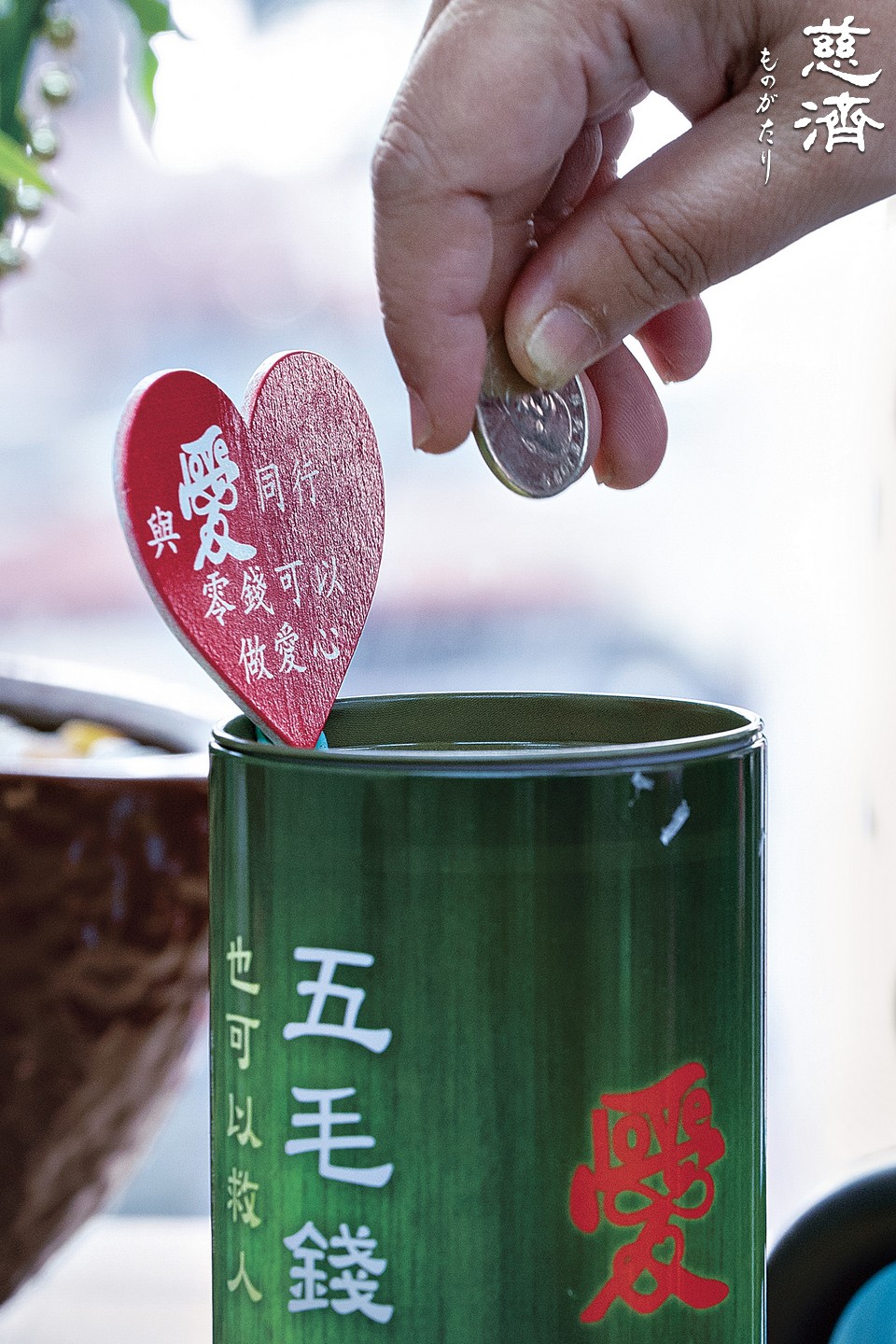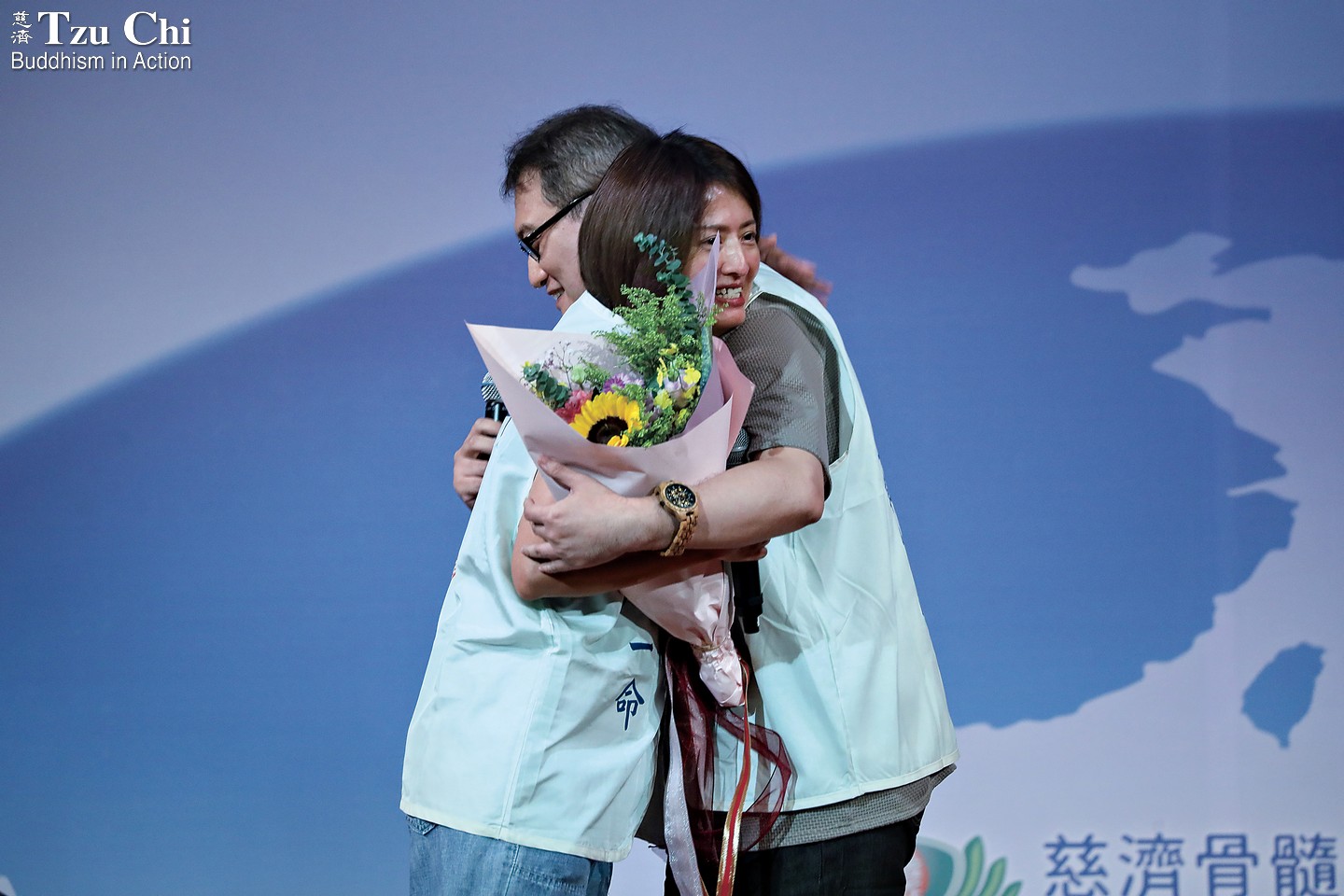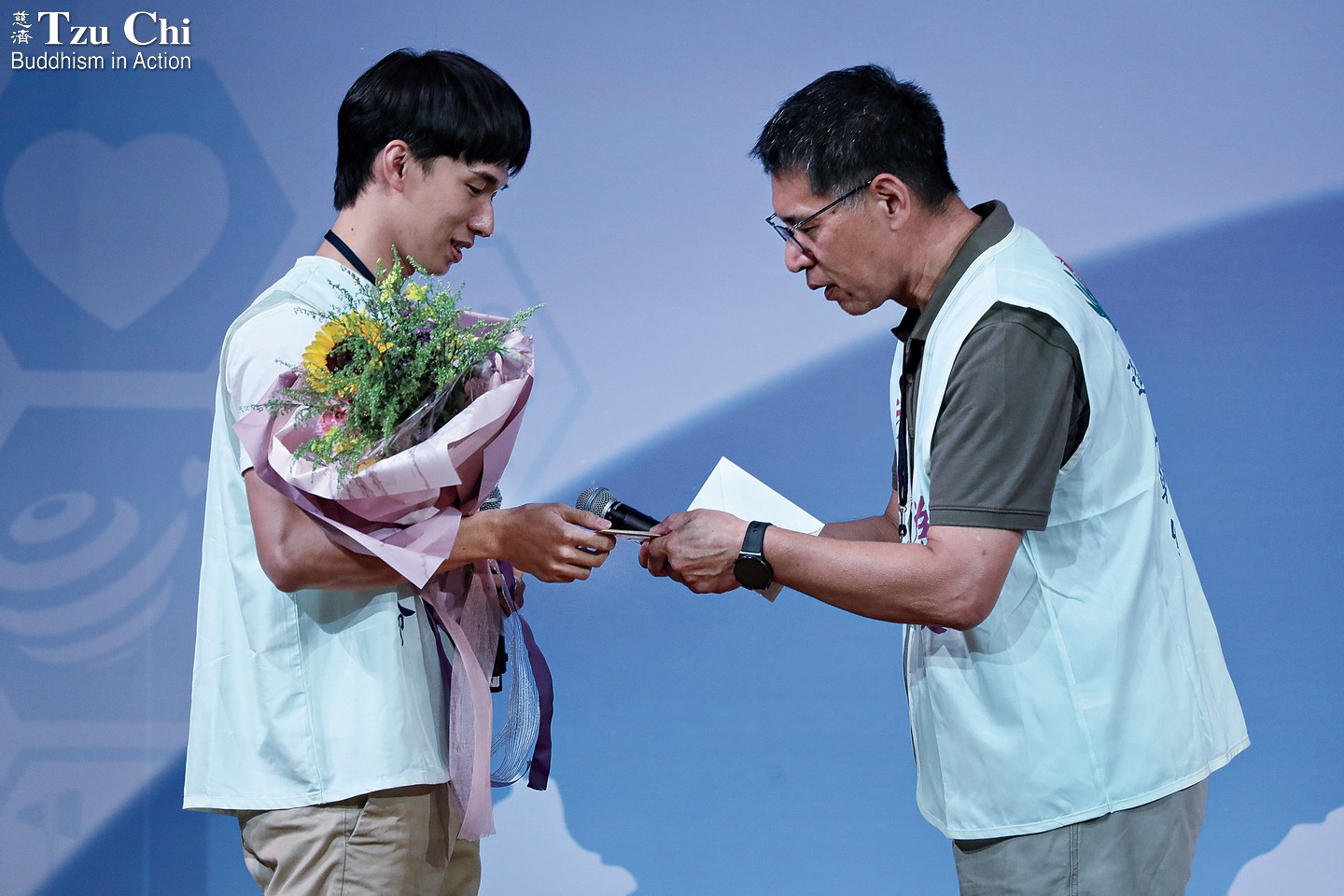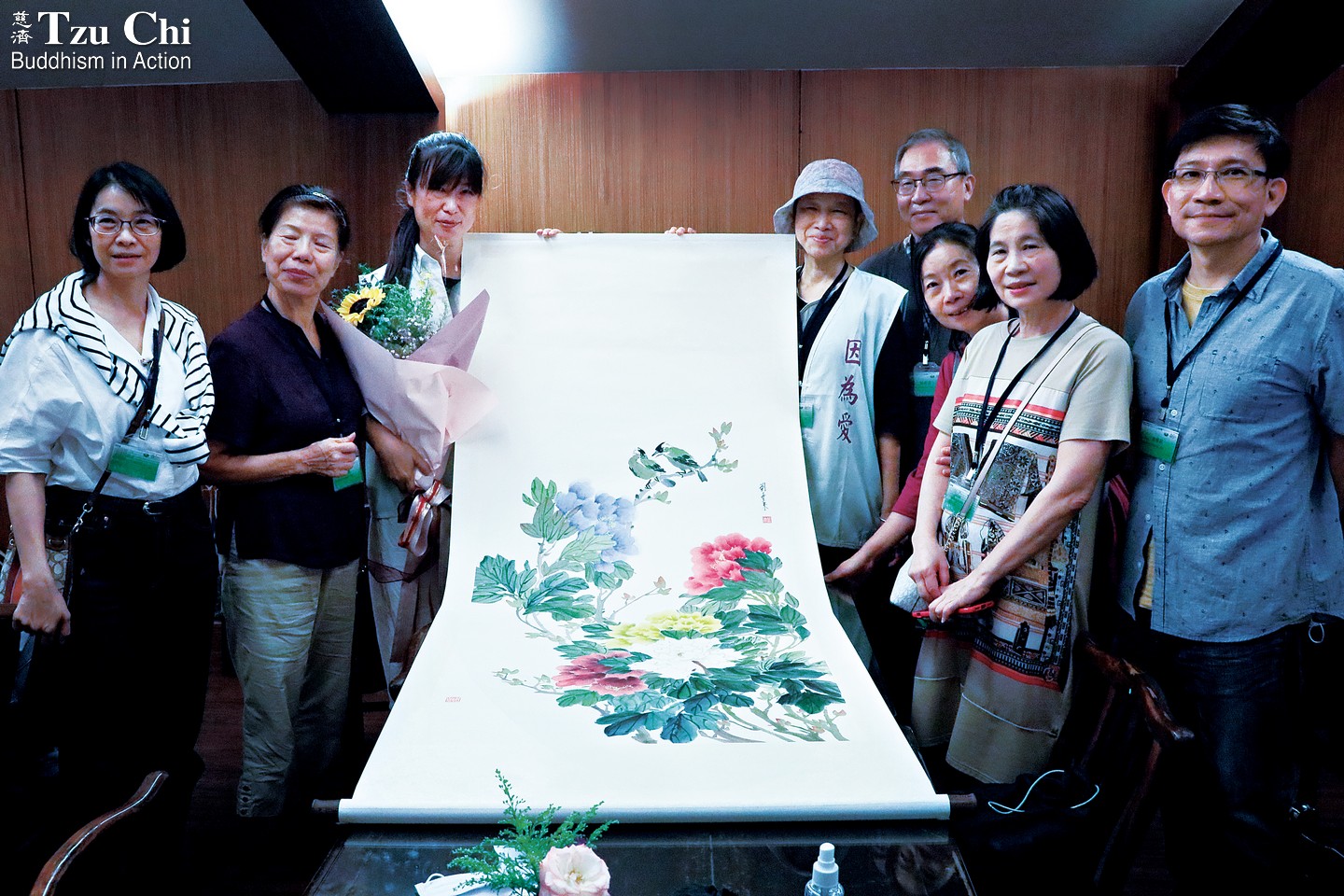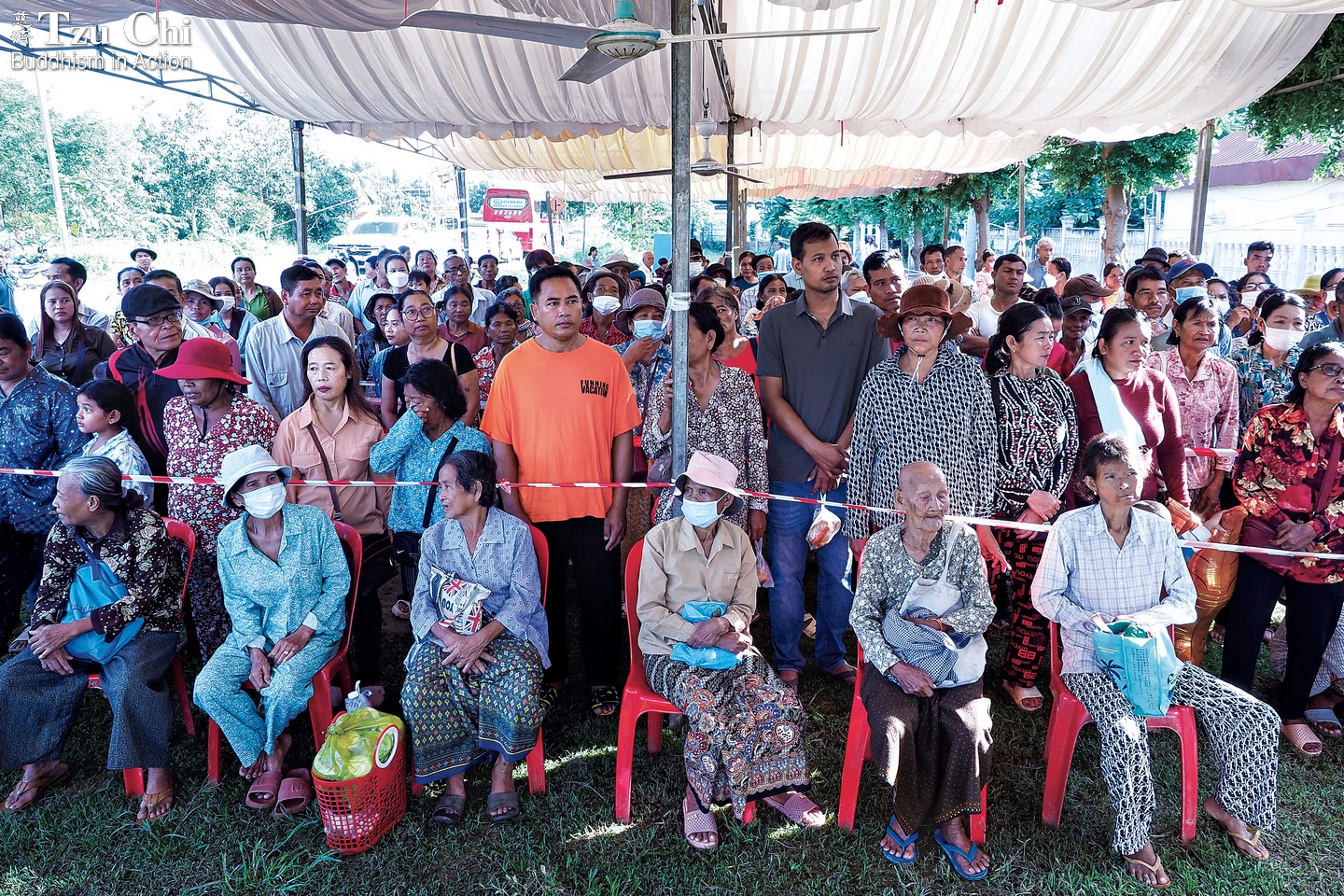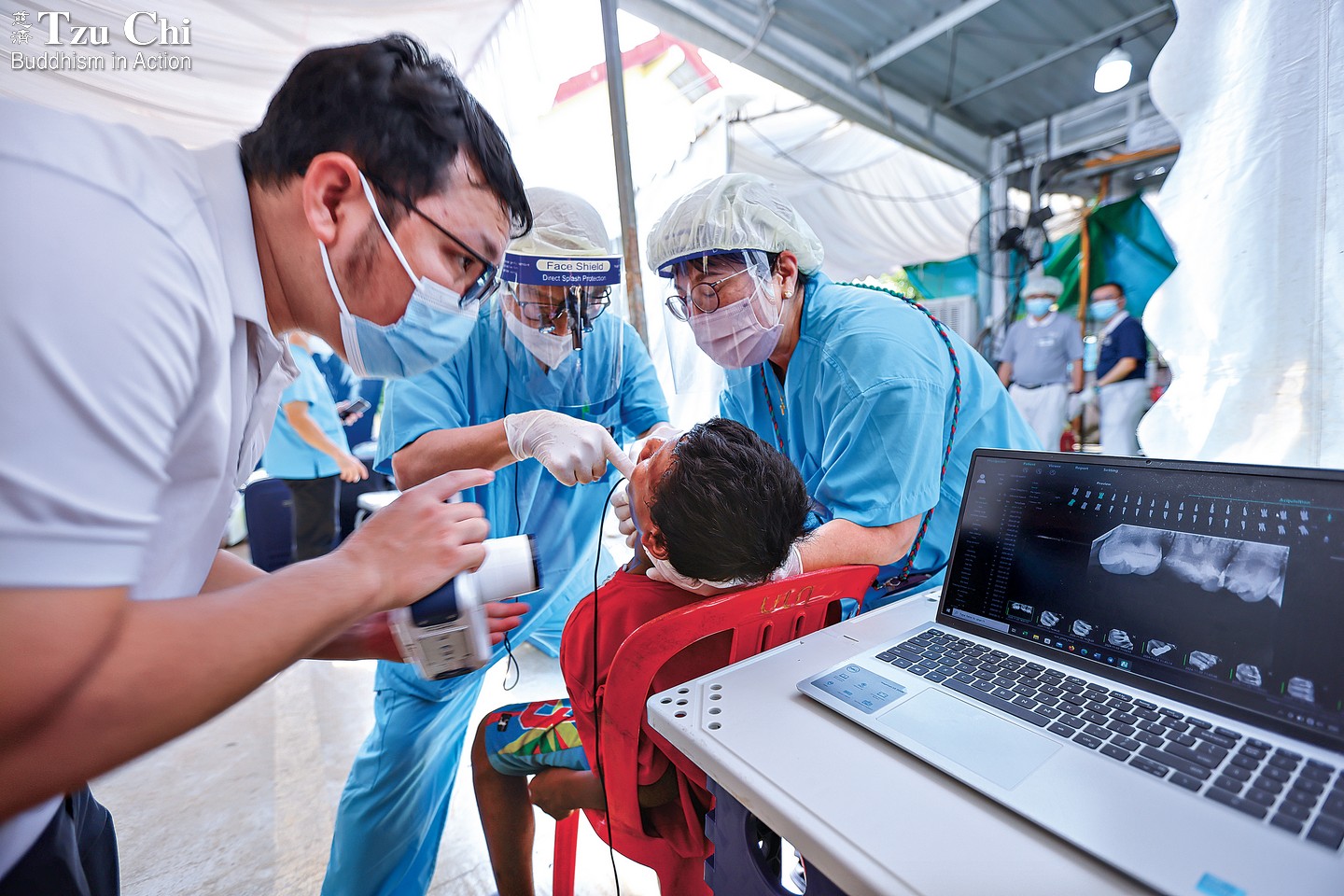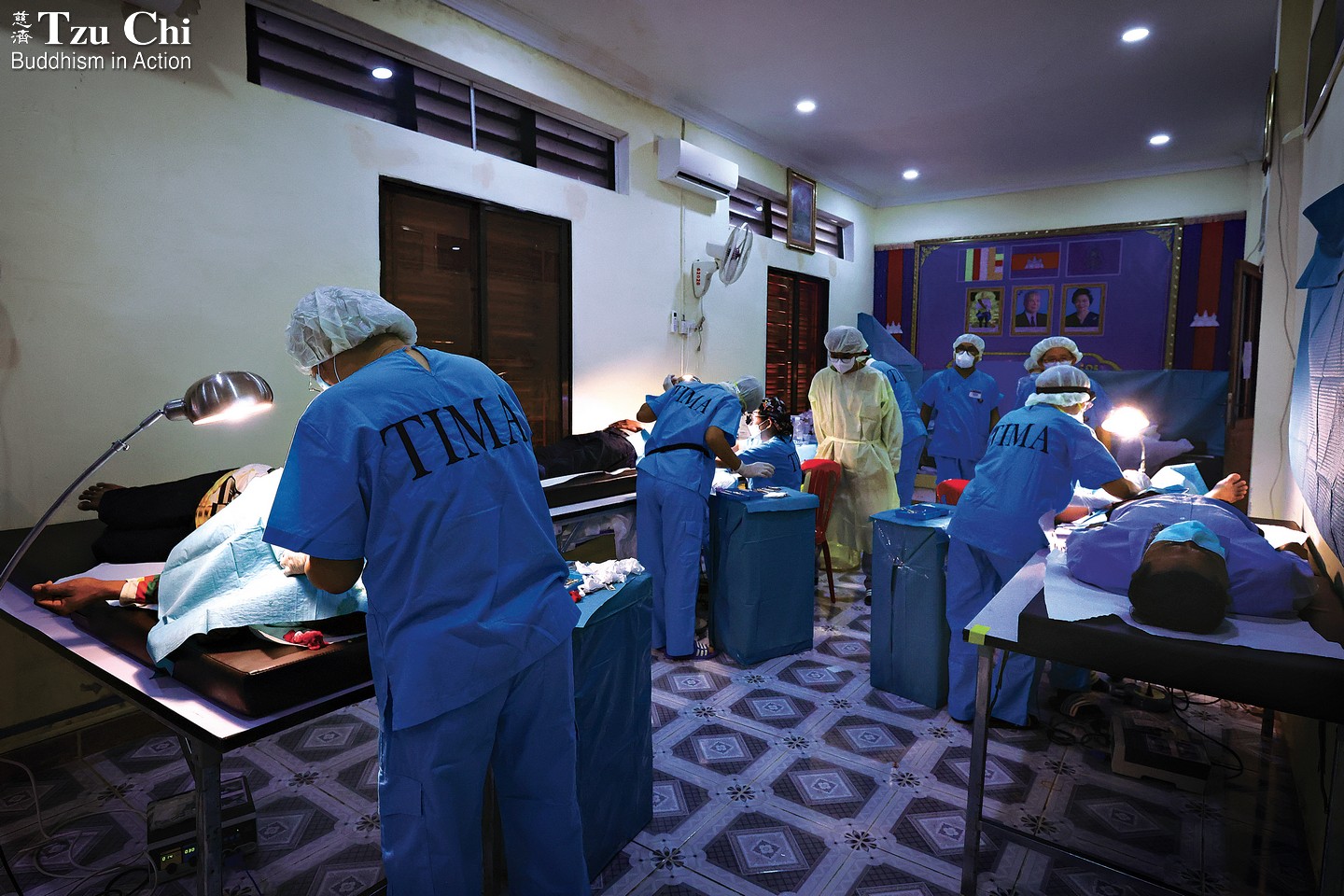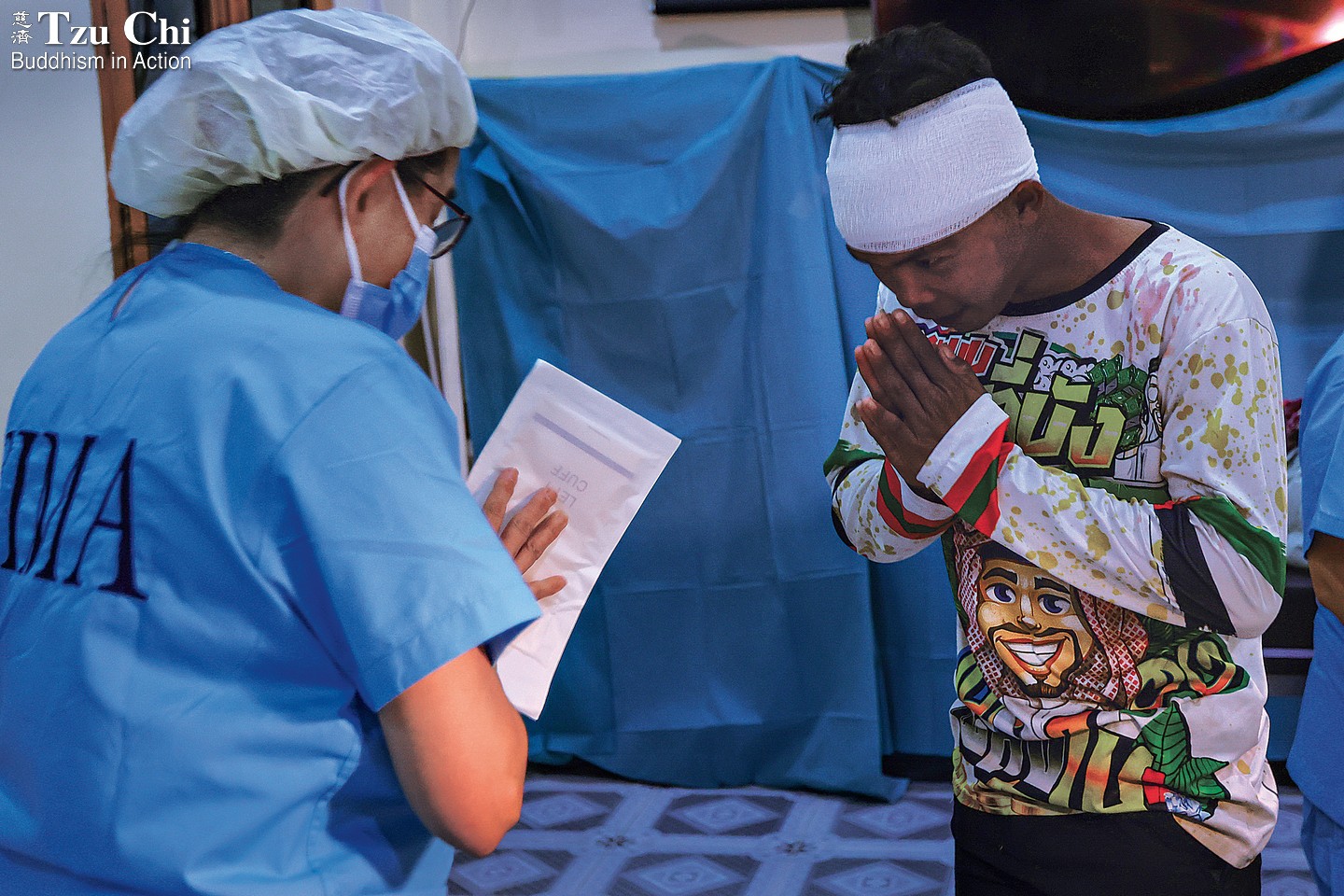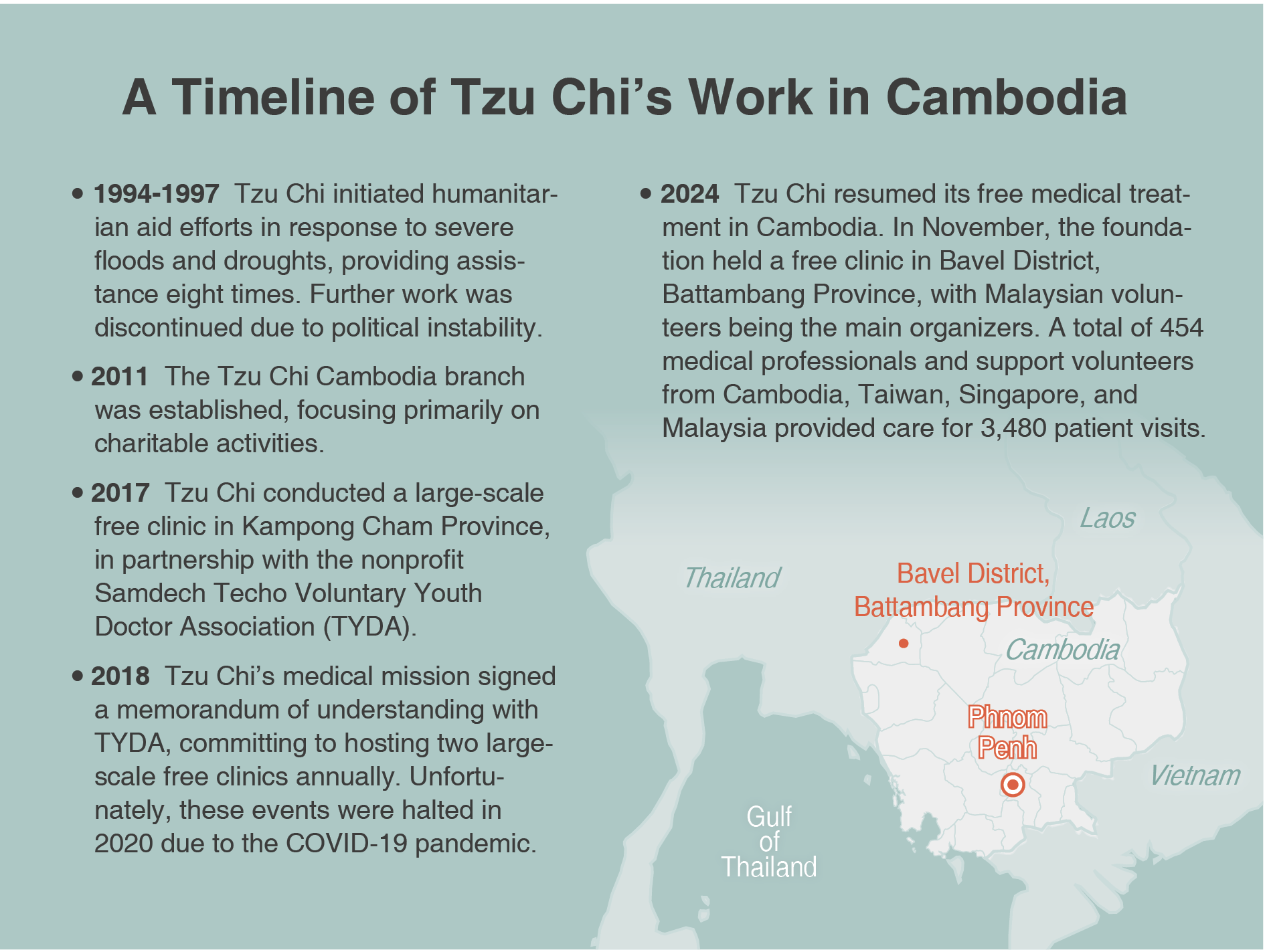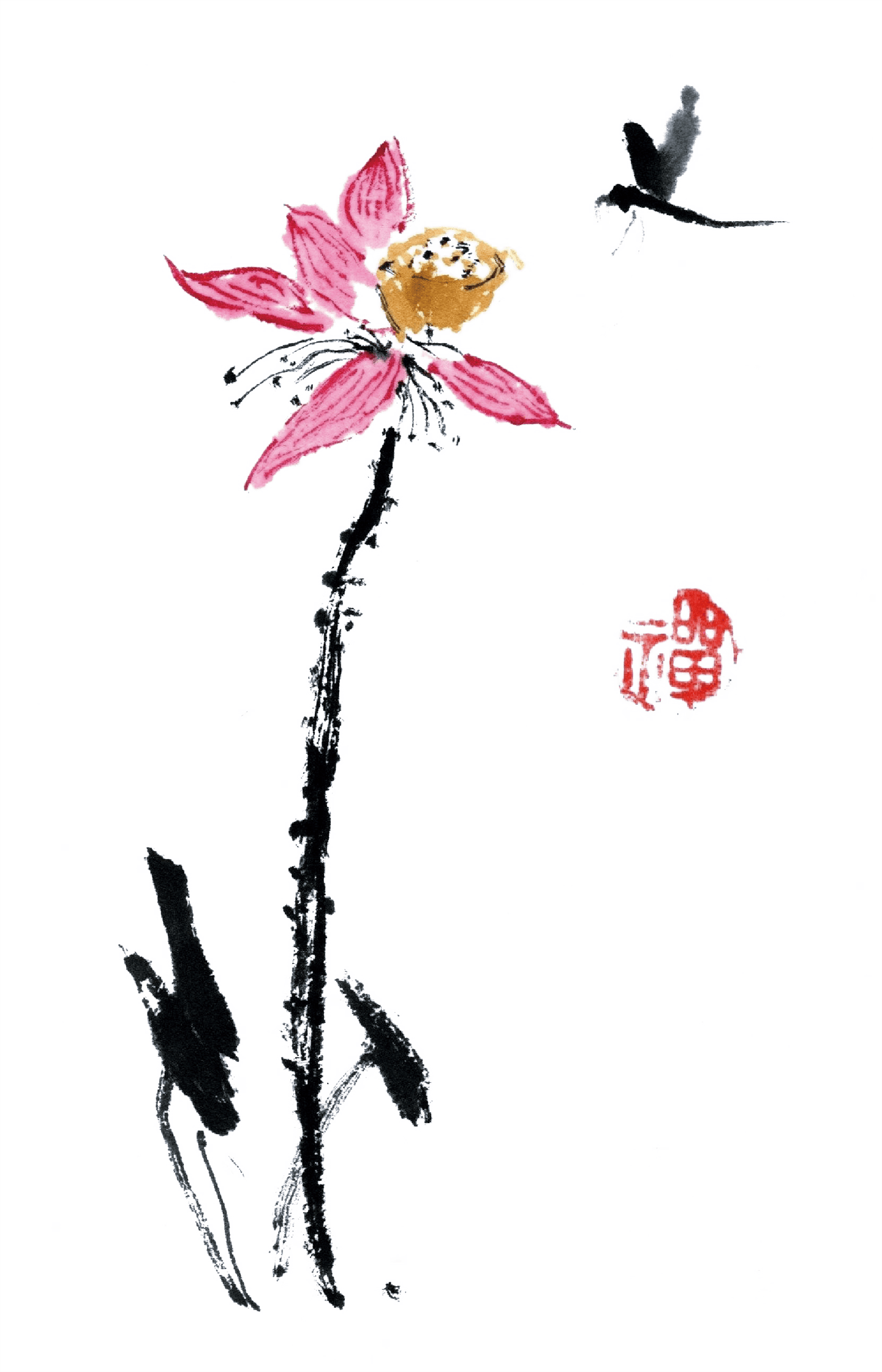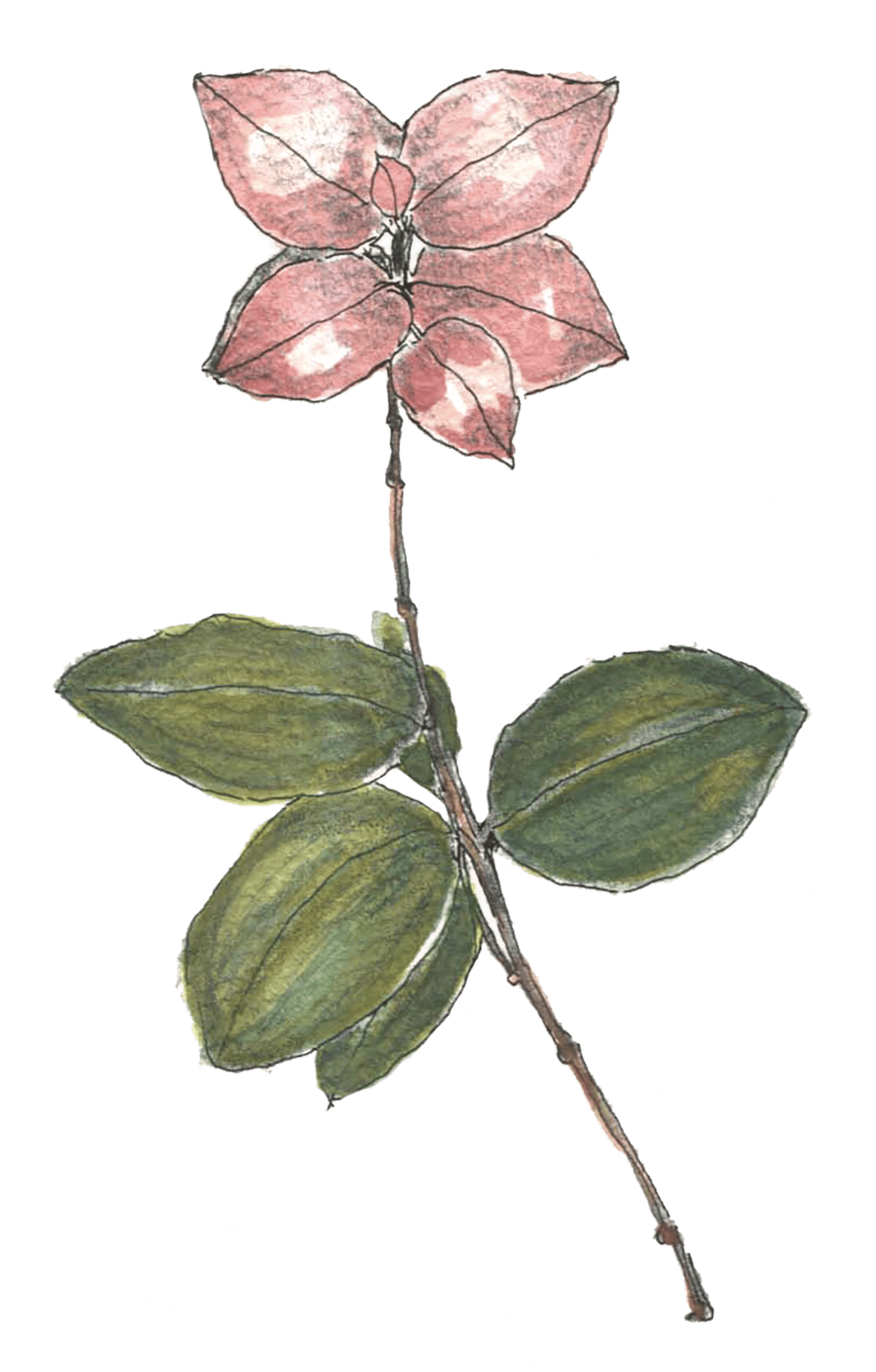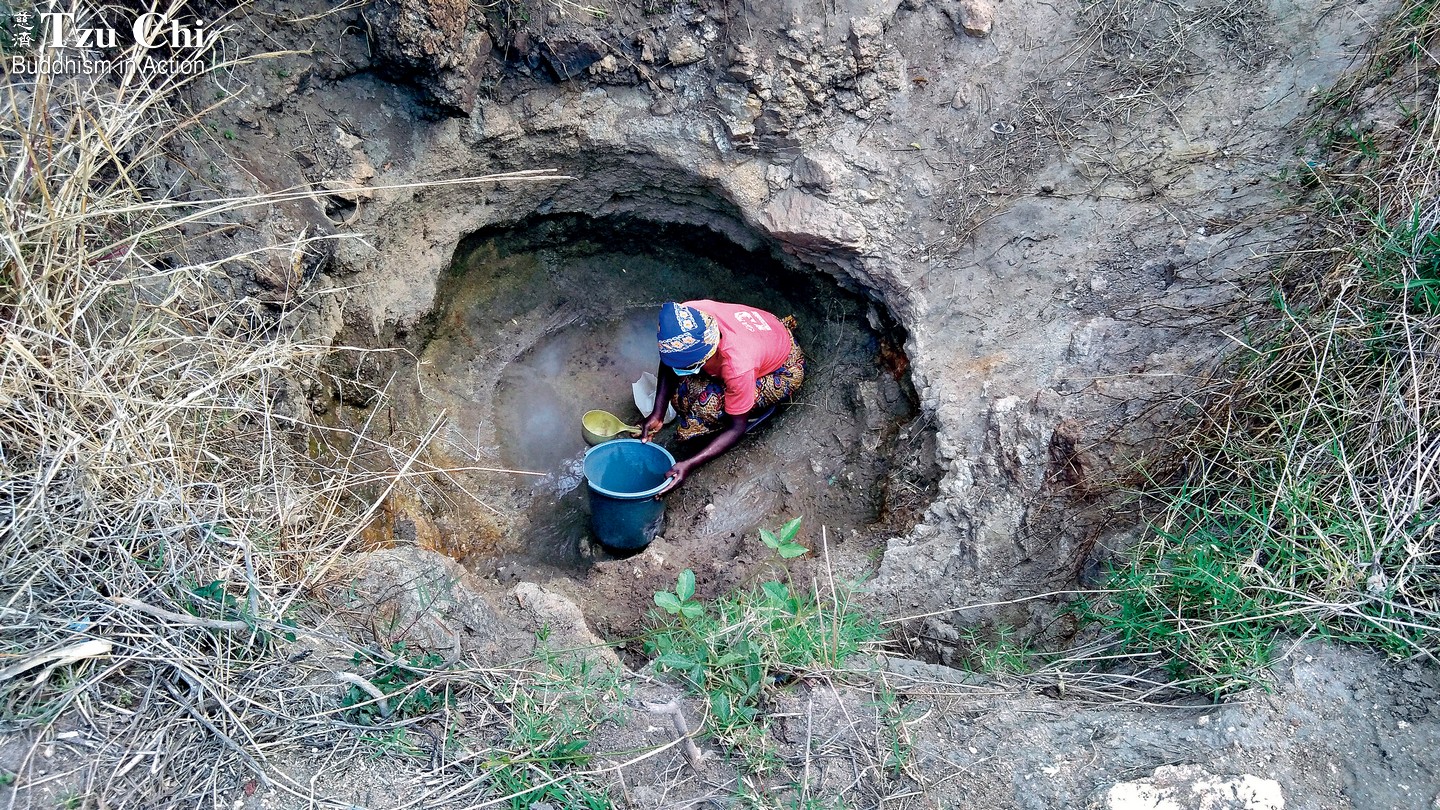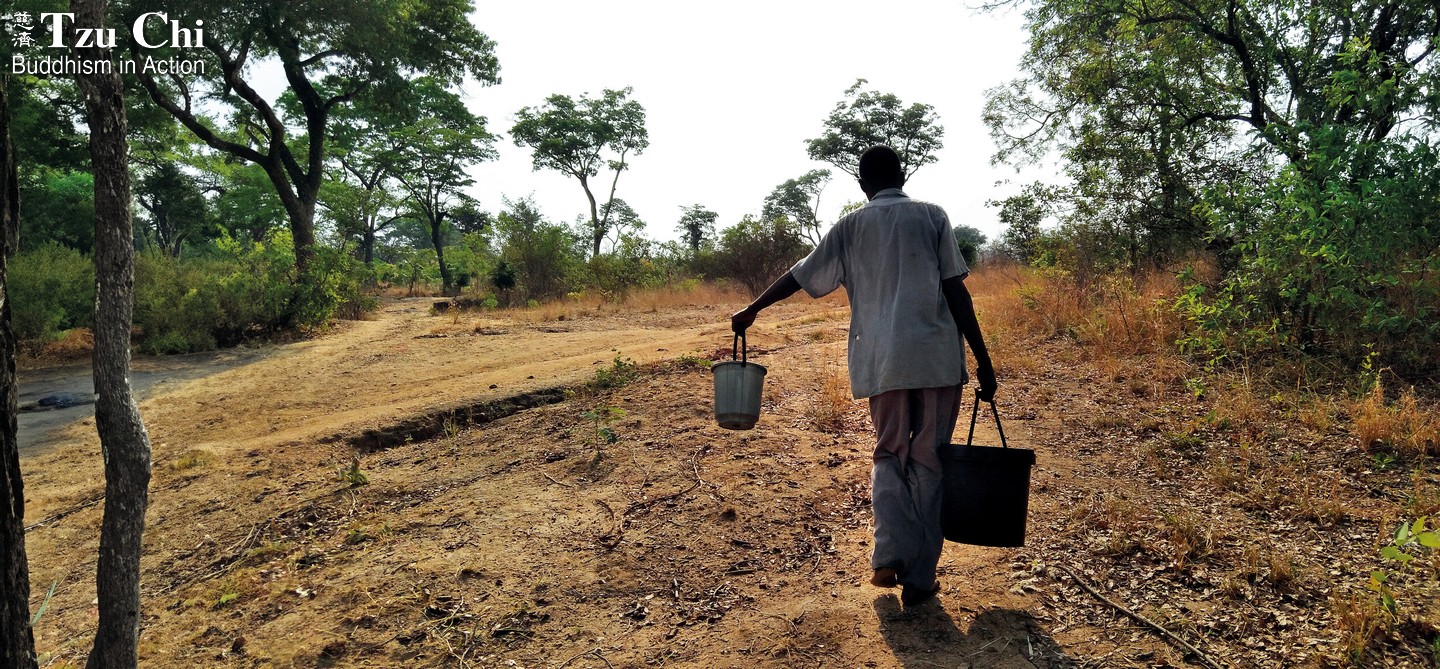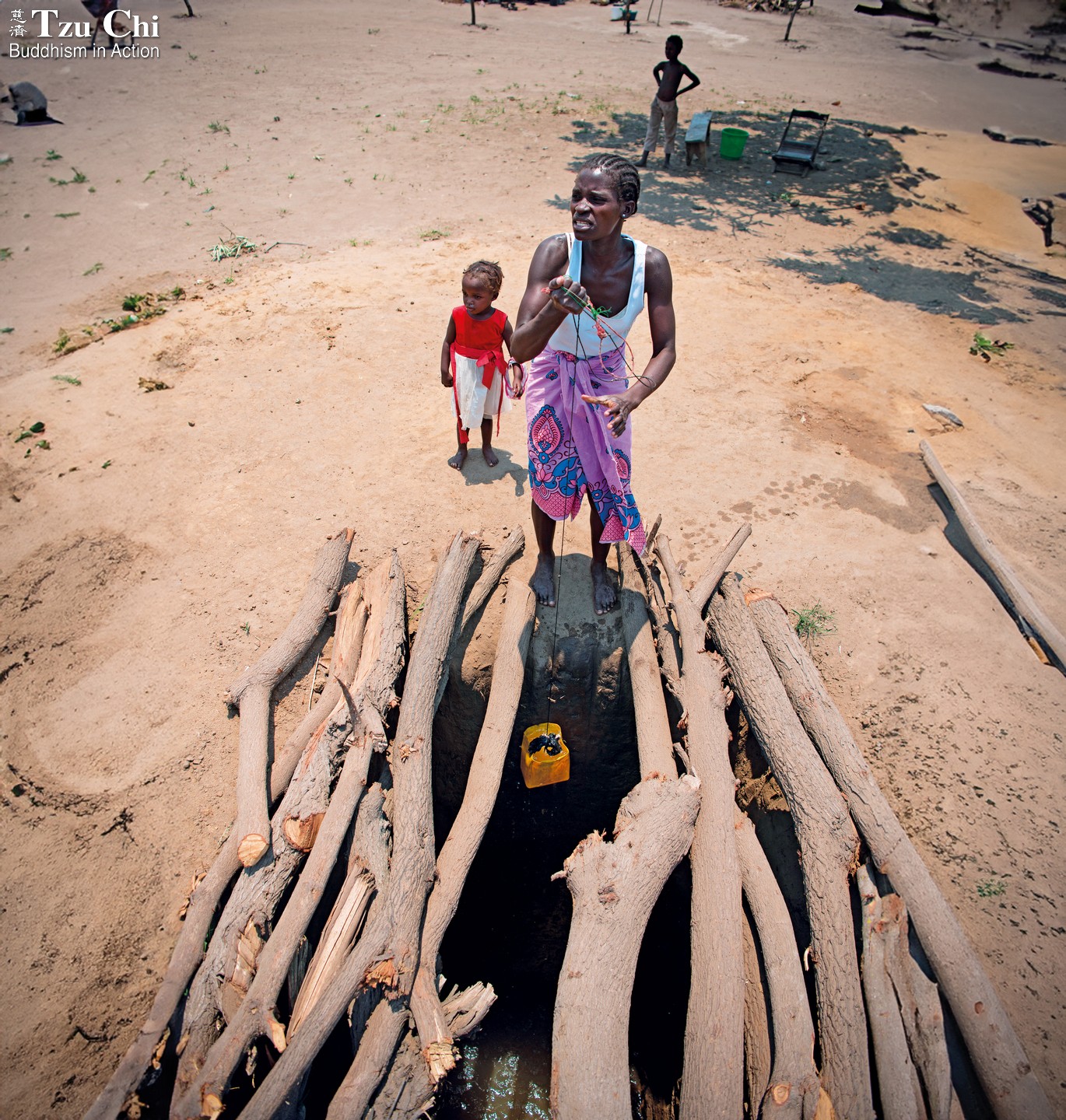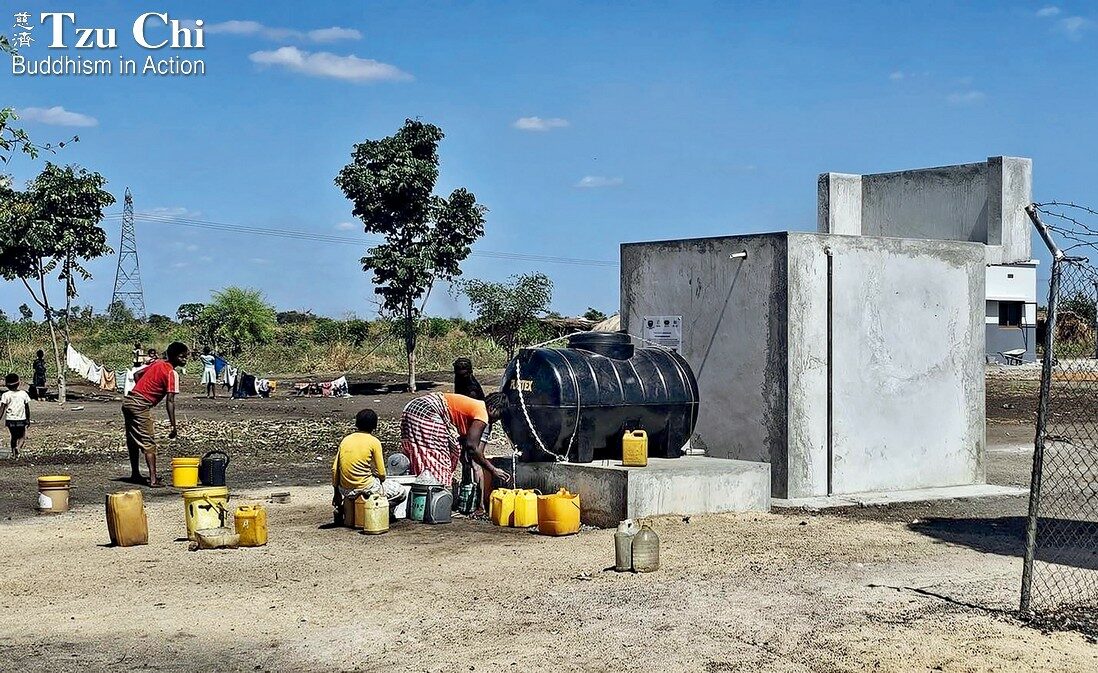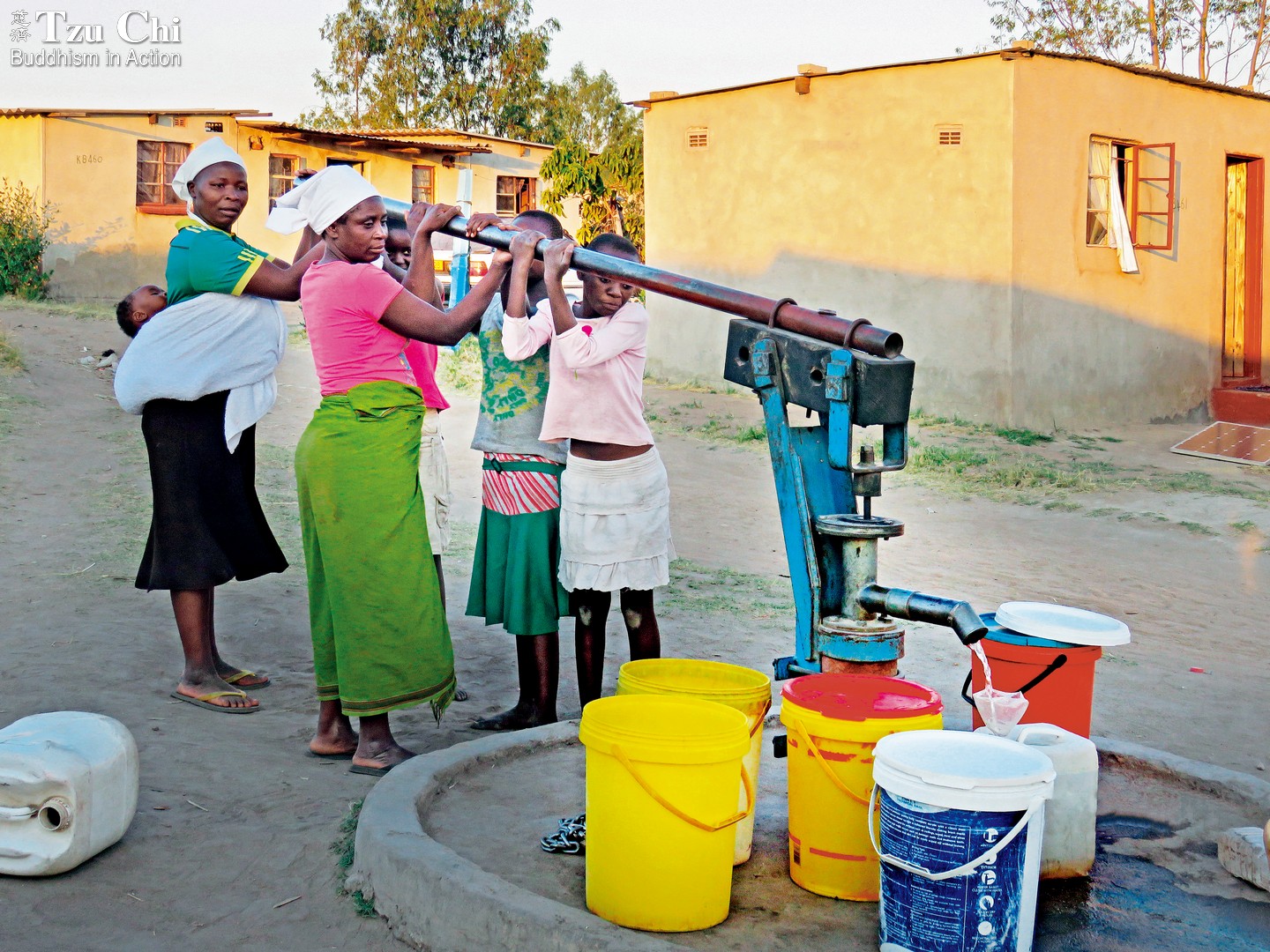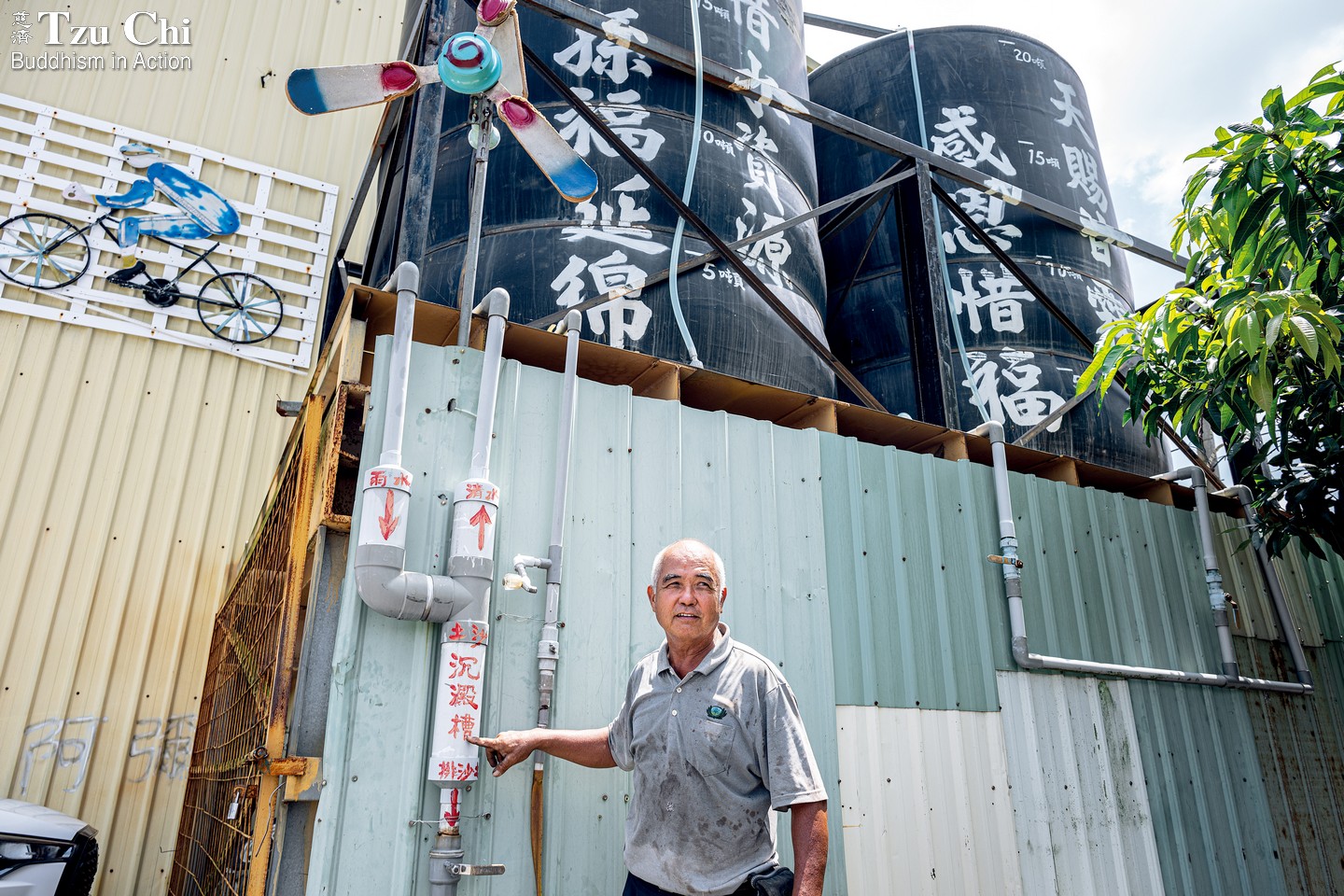Translated by Teresa Chang
At our year-end blessing and volunteer certification ceremonies in December, I saw volunteers from over 20 countries and regions. Some had journeyed tens of thousands of kilometers to Taiwan, enduring over 50 hours of travel and transiting through three countries. Meeting like this was not easy. Some spoke different languages, and although I couldn’t understand their words when they shared their life stories and Tzu Chi experiences on stage, I felt immense joy. This joy came from knowing they carry love in their hearts and have chosen a path of compassion and service. I believe they are among the happiest and most blessed people.
As I certified each new volunteer, I said, “Bless you. Be diligent [on the Bodhisattva Path].” I’m deeply grateful to all our volunteers. In a world filled with suffering, no single person can help everyone. That’s why our collective efforts are so vital. Regardless of religion or nationality, we are united in a shared mission: to alleviate suffering and serve those in need.
The Buddha was born into this world over 2,500 years ago. As a prince and heir to a kingdom, he lived a life of privilege. However, upon witnessing the suffering of people outside the palace—so different from his own life—he chose to renounce his throne and seek the truth. After attaining enlightenment, he wished for everyone to understand the true nature of life, cultivate wisdom, and sow blessings. He dedicated himself to guiding others along this path.
The Buddha shared a wealth of wisdom with the world, and I’ve always aspired to repay this kindness. Fulfilling my wish to contribute to the Buddha’s birthplace and other significant locations in his life’s journey, our volunteers from Singapore and Malaysia have traveled in successive groups to Nepal and India. In underserved villages, they have distributed aid, provided medical care, conducted vocational training, and built homes and school facilities. I deeply appreciate their dedication to uplifting the needy in these regions.
But help is needed beyond India and Nepal. Around the world, countless people contend with difficulties in their daily lives. In drought-stricken areas, even a single blade of grass struggles to survive. In Zimbabwe, for instance, people undertake arduous journeys to collect water—often unclean—while risking attacks from animals. Since 2013, our volunteer Tino Chu (朱金財) has led a team in building and repairing wells to address the country’s water scarcity; they have drilled or repaired over 2,000 wells. With the help of other volunteers, he also provides daily lunches to approximately 17,000 people, six days a week. Working in a country plagued by water scarcity and food insecurity is no easy task. I often reflect on how Mr. Chu has persevered for so many years, and I wonder: How many people have received food aid from us? And how many more suffering individuals remain unseen and unreachable?
Challenges abound in our world. Every evening, I watch global news. Beyond the impacts of climate change and natural disasters, countries are mired in crises as people fight over resources, leaving others to suffer and unable to live in peace. Seeing this fills my heart with sorrow. Why must there be such division, conflict, and strife? Without peace, even the greatest wealth holds no true value.
The Earth provides abundantly, offering plentiful crops. With such resources, humanity should not face shortages. Yet, disputes over resources, divisions, and strife cause unnecessary suffering. If people harbored love in their hearts, supported one another, and embraced openness and tolerance, this world could be a paradise.
It was with this belief that I founded Tzu Chi over 50 years ago. The early days were incredibly challenging, but I constantly reminded myself to stay true to my original aspirations and persevere. Gradually, the positive impact of our efforts became evident, drawing more and more people to join us. While one person alone may not accomplish much, anything is possible when everyone’s love comes together.
This year, as I left the Abode to preside over our year-end blessing ceremonies, I felt even weaker than last year. Age continues to take its toll on me. In the face of life’s impermanence, I seek only to make the most of each day. Each morning, if I can move my hands and feet and get out of bed, I focus on accomplishing what needs to be done. The Buddha’s love embraces the universe, and my aspirations to serve are equally boundless. If I cannot fulfill them all in this life, I will carry them forward into the next. Please be ever more mindful.
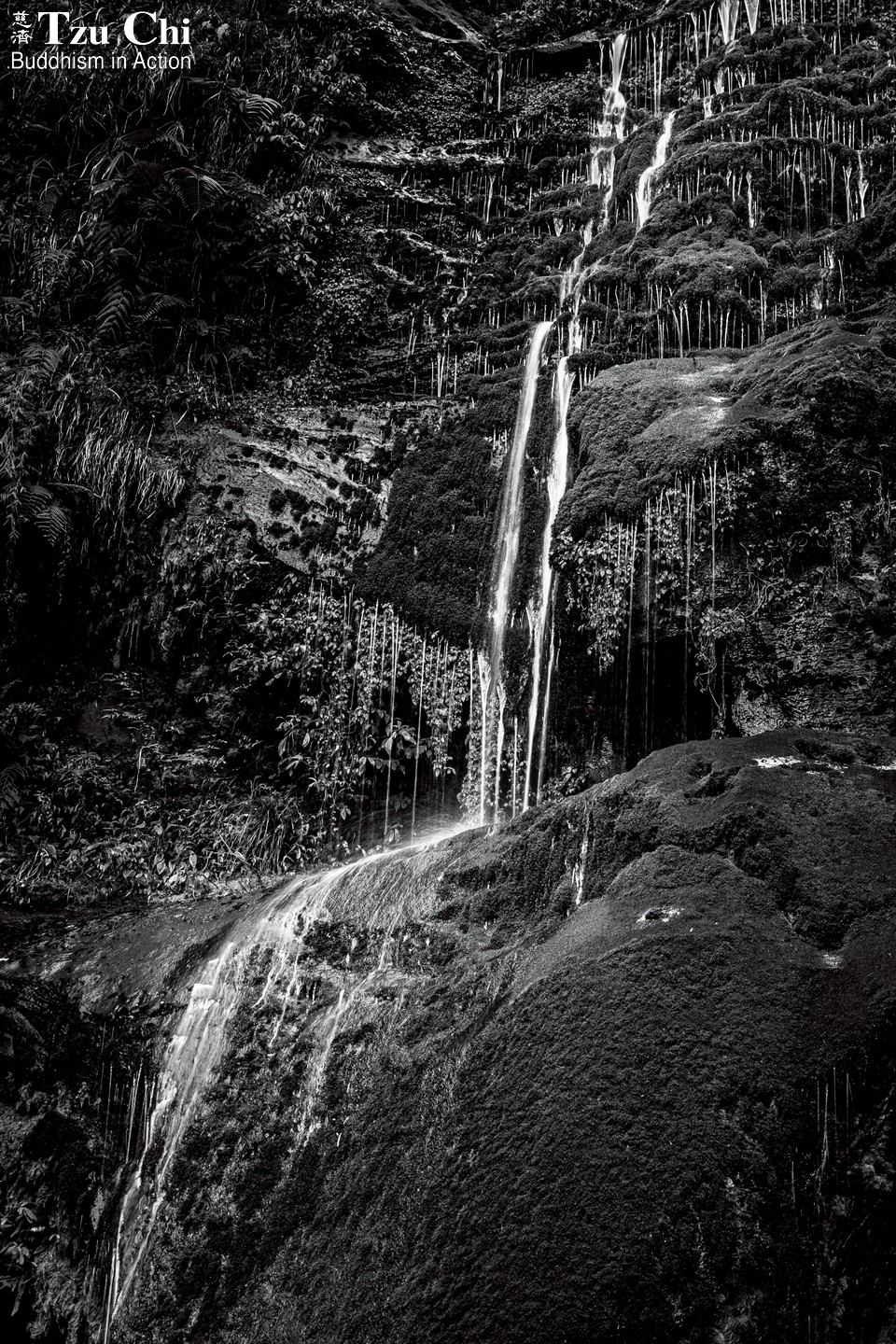
Master Cheng Yen teaches that even when individual efforts may appear small, the collective power of love can accomplish anything. Huang Xiao-zhe

Translated by Teresa Chang
At our year-end blessing and volunteer certification ceremonies in December, I saw volunteers from over 20 countries and regions. Some had journeyed tens of thousands of kilometers to Taiwan, enduring over 50 hours of travel and transiting through three countries. Meeting like this was not easy. Some spoke different languages, and although I couldn’t understand their words when they shared their life stories and Tzu Chi experiences on stage, I felt immense joy. This joy came from knowing they carry love in their hearts and have chosen a path of compassion and service. I believe they are among the happiest and most blessed people.
As I certified each new volunteer, I said, “Bless you. Be diligent [on the Bodhisattva Path].” I’m deeply grateful to all our volunteers. In a world filled with suffering, no single person can help everyone. That’s why our collective efforts are so vital. Regardless of religion or nationality, we are united in a shared mission: to alleviate suffering and serve those in need.
The Buddha was born into this world over 2,500 years ago. As a prince and heir to a kingdom, he lived a life of privilege. However, upon witnessing the suffering of people outside the palace—so different from his own life—he chose to renounce his throne and seek the truth. After attaining enlightenment, he wished for everyone to understand the true nature of life, cultivate wisdom, and sow blessings. He dedicated himself to guiding others along this path.
The Buddha shared a wealth of wisdom with the world, and I’ve always aspired to repay this kindness. Fulfilling my wish to contribute to the Buddha’s birthplace and other significant locations in his life’s journey, our volunteers from Singapore and Malaysia have traveled in successive groups to Nepal and India. In underserved villages, they have distributed aid, provided medical care, conducted vocational training, and built homes and school facilities. I deeply appreciate their dedication to uplifting the needy in these regions.
But help is needed beyond India and Nepal. Around the world, countless people contend with difficulties in their daily lives. In drought-stricken areas, even a single blade of grass struggles to survive. In Zimbabwe, for instance, people undertake arduous journeys to collect water—often unclean—while risking attacks from animals. Since 2013, our volunteer Tino Chu (朱金財) has led a team in building and repairing wells to address the country’s water scarcity; they have drilled or repaired over 2,000 wells. With the help of other volunteers, he also provides daily lunches to approximately 17,000 people, six days a week. Working in a country plagued by water scarcity and food insecurity is no easy task. I often reflect on how Mr. Chu has persevered for so many years, and I wonder: How many people have received food aid from us? And how many more suffering individuals remain unseen and unreachable?
Challenges abound in our world. Every evening, I watch global news. Beyond the impacts of climate change and natural disasters, countries are mired in crises as people fight over resources, leaving others to suffer and unable to live in peace. Seeing this fills my heart with sorrow. Why must there be such division, conflict, and strife? Without peace, even the greatest wealth holds no true value.
The Earth provides abundantly, offering plentiful crops. With such resources, humanity should not face shortages. Yet, disputes over resources, divisions, and strife cause unnecessary suffering. If people harbored love in their hearts, supported one another, and embraced openness and tolerance, this world could be a paradise.
It was with this belief that I founded Tzu Chi over 50 years ago. The early days were incredibly challenging, but I constantly reminded myself to stay true to my original aspirations and persevere. Gradually, the positive impact of our efforts became evident, drawing more and more people to join us. While one person alone may not accomplish much, anything is possible when everyone’s love comes together.
This year, as I left the Abode to preside over our year-end blessing ceremonies, I felt even weaker than last year. Age continues to take its toll on me. In the face of life’s impermanence, I seek only to make the most of each day. Each morning, if I can move my hands and feet and get out of bed, I focus on accomplishing what needs to be done. The Buddha’s love embraces the universe, and my aspirations to serve are equally boundless. If I cannot fulfill them all in this life, I will carry them forward into the next. Please be ever more mindful.

Master Cheng Yen teaches that even when individual efforts may appear small, the collective power of love can accomplish anything. Huang Xiao-zhe

